
INSIDE
Pathway: Maxwell Wenglarz
Diversity in the Air Force: Capt Varun Pande
Adventures of a Flying Musician



Pathway: Maxwell Wenglarz
Diversity in the Air Force: Capt Varun Pande
Adventures of a Flying Musician

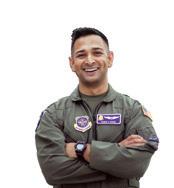
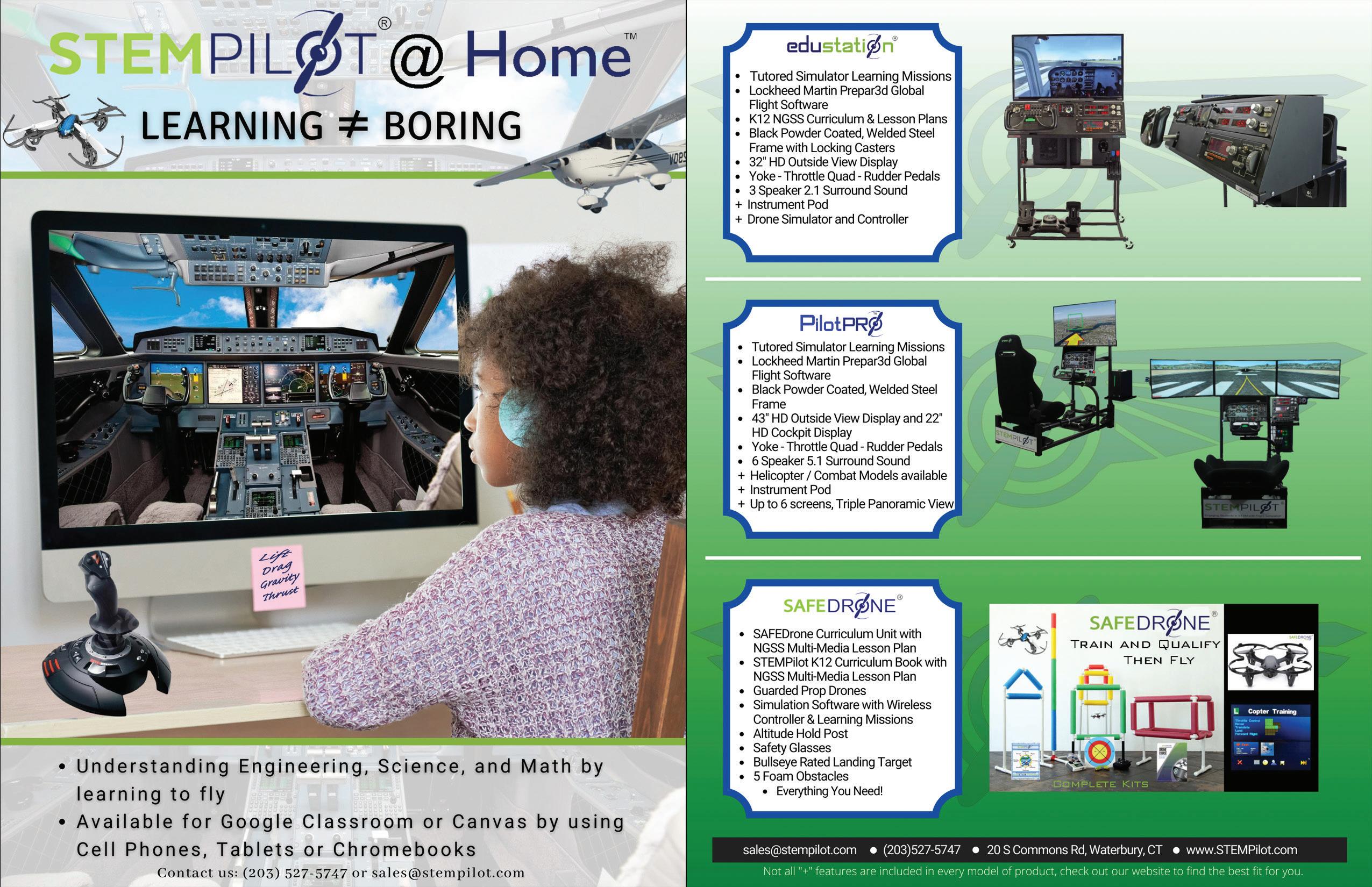
About AviNation
AviNation exists to attract, educate and empower youth in aviation. AviNation magazine strives to give readers insight into the future of aviation by focusing on aviation students, programs, events and innovative approaches to the promotion and continued growth of the aviation industry.
Staff & Contributors
Publisher: Jacob Peed
Copy Editor: Vicky Rink
Administrative Coordinator: Jessica Peed
Design & Production: Barb Betts, Lime Valley Mankato, MN
Business Development: Thomas W. Flavin
Phone: (310) 709-0844
E-mail: Tom-flavin@roadrunner.com
Correspondence
Editorial submissions and other correspondence
E-mail: jppeed@gmail.com
Phone: (515) 408-3763 www.avinationusa.com
Advertising Phone: (515) 408-3763
E-mail: jppeed@gmail.com www.avinationusa.com
Contributing Writers
Allison Wenglarz
Aron Yichye
Beth Brown
Charles Copeland
Clint Harper, C.M. and Terry Lloyd, AAE
Dick Knapinski, EAA
Grant Boyd
Isaac Hill
Jerry Lopez
LIFT Academy
Michelle Tripp
Ricardo Foster
Soleil River
Tim Busch
Thank you to our Cornerstone Supporters
by Charles Copeland

Crew-
One thing I have been telling my pilots to start watching out for are the cadet programs opening back up. These programs are a great way to get to know an airline better and also help you get hired. In some cases, cadets are even guaranteed a job.
The idea behind a cadet program is to actually build a relationship with a prospective pilot. The difficulty with airlines, it is hard to get a feel for their culture unless you’re already working for them. If you ask me, that’s too late!
As a cadet, you’ll be invited to different events whether virtual or in-person to get to know not only your future fellow pilots, but also those in non-flying positions (like your Chief Pilot!) These events provide you with a better understanding of how each airline operates so you can make a more informed decision about your career.
I recommend 2-3 cadet programs, but no more. Do your research ahead of time and don’t waste the airline’s time if you don’t intend to go there. Recruiters start to get a good feel for when people aren’t being honest about intentions, and a major problem is this industry is extremely small. The person recruiting you for a regional cadet program could be the person interviewing you at a legacy carrier four years later--and they’ll remember you.
As a final piece of advice, if the cadet program offers you any kind of monetary incentive (bonuses, paid to fly, cash, etc.), then they intend for you to fly for them. If you are not sure if you’ll fly for them, do not take the money. When you hit your milestone hours (ATP mins), they’ll expect you to show up for class and when you don’t….they’ll be expecting their money back. Be conscious about this, they’re investing in you and have expectations.
If you fly for a regional airline and didn’t participate in cadet programs, you’re missing out on ensuring you made the right decision. Airlines are a lot more than bases, aircraft, and upgrades. You’ll spend years of your life sitting 30 inches away from the people you work with, and you want to make sure you choose wisely. As cadet programs announce their openings, I would love to hear your thoughts about the programs. Please shoot me an email or message on LinkedIn to set up a virtual coffee.

Adventure Awaits, Charles Copeland 737 Captain, Atlas Air COO & Co-Founder Flex Air info@goflexair.com



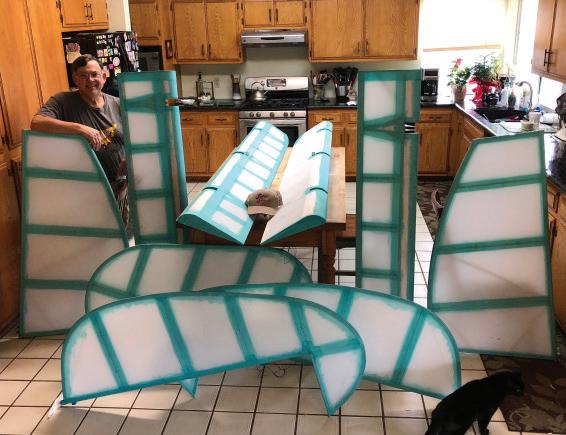


The more accurate question is, what can Urban Air Mobility (UAM) be? If you enter the question “What is Urban Air Mobility?” into a search engine, you get a variety of answers. Let us use the Federal Aviation Administration’s definition as a starter. The FAA defines UAM as a safe and efficient “aviation transportation system that will use highly automated aircraft that will operate and transport passengers or cargo at lower altitudes within urban and suburban areas. “This definition lays out some common factors found in other definitions, such as “automated aircraft”, and transport of “passengers and cargo”. Other definitions insist the aircraft must be pilotless, and/or the aircraft must use Vertical Take-Off and Landing (VTOL) and some even insist the aircraft must be powered by electricity only. Our favorite out of the bunch is simply “the next generation of aviation”. This definition leaves things wide open, as befitting a large new system in the beginning stages that will be incorporating a number of new technologies across a wide area, including propulsion, remote or automated operation, and traffic control, to name a few. It even takes “urban” out of the definition.
The truth is that Urban Air Mobility will be something different for every community. UAM first emerged as a solution to congestion, but this idea was quickly disbanded. Decades of transportation planning have taught us that adding a new lane of traffic only exacerbates the problem. While this phenomenon is widely understood on our highways, the underlying principle based on the theory of induced demandadditional capacity will attract more vehicles- holds true for any new capacity project, whether on our roadways, rail lines, or in the air. Once this claim was properly debunked, it seemed that UAM became a solution looking for a problem. Fortunately (or unfortunately), there is no shortage of transportation problems in our cities to solve.
Today in urban planning classrooms across the nation, students are learning about how cities have evolved over time. Major shifts in urban life are often triggered by transportation innovations. From quaint European cities where daily needs are clustered within walking distance of your home, to cities along ancient trade routes across the Roman Empire in Europe, or the Inca Empire in the Americas. As clocks, ship design, gyros, and celestial navigation evolved, so did port cities. Steam engine
technology inspired rail cities around the world and introduced a new era in somewhat safe, and faster ocean travel. Internal combustion engines brought us the personal automobile and the interstate highway system. Modern cities in the United States emerged in the railway era, but large cities all emerged from automobile technology and the interstate system. Our largest cities are multimodal. This means that there is a combination of sea or river ports, rail hubs, and interstate connectivity. Transportation drives the economies of cities; therefore, it is important for cities to adapt to new transportation innovations. With this understanding, you are probably wondering why cities have not emerged from aviation. The truth is that they have, you just probably have not noticed. It has been slowly happening over the last 40-50 years. Urban Air Mobility is the next big transportation evolution that will define cities, but it will need a proper role, and then adequate infrastructure.
Since conventional airports will be a likely high-volume destination for UAM traffic, extensive infrastructure and revision of standard air traffic control procedures will be needed to accommodate passengers arriving at the airport via UAM vehicles. It is not hard to imagine a new “UAM terminal” coming to an airport near you. The promise of Urban Air Mobility will be realized through the opportunity to bring travelers closer to their final destination via the air. For this to happen, many are envisioning new downtown facilities called vertiports. While vertiports are important because they will be strategically built near destinations, we cannot forget about the origins, or where the trip begins. Many smaller communities cannot afford to build new vertiports, but they often have a small airport nearby. These small airports exist nearly everywhere across the U.S. In Florida alone, there are 131 public airports. In a much less densely populated state, such as Utah, there are 46 airports. These airports can be gateways for smaller communities to connect with other areas to provide access to jobs, education, commerce, recreation, tourism, or to larger airports to connect with crosscountry flights. Most importantly, these small airports have often existed since around the time of World War II, meaning that many are already well integrated with



the FAA’s National Airspace System for all-weather, day and nighttime operations, and federal and state funding.
In the near term, UAM will start with piloted aircraft, some will be new designs with vertical take-off and landing capabilities, others will resemble traditional aircraft that will require a runway. Infrastructure will be needed at existing airports, such as new electrical systems to charge aircraft between flights. There will need to be transportation connectivity between the airport and the traveler’s ultimate destination, the “final mile”. This can be done via shuttle buses, rail connections, ridehailing services, or even via electric bikes or scooters. The FAA and NASA are working to understand weather reporting demands for new aircraft operating at airports and at new downtown vertiports where micro-weather patterns created by high-rise buildings are less understood. Finally, the FAA is working on vertiport and airport design standards to mitigate risk for both the operator and the airport/vertiport sponsor. Where risk cannot be acceptably mitigated through infrastructure design, the responsibility will fall on the operator to develop operating specifications that account for this risk.
Where cities in older European countries were built for people and pedestrians, cities in the United States were built for cars. This has introduced many inequities for residents that have fallen on hard times and cannot afford a car, or for elderly or disabled people
By: Clint Harper, C.M. and Terry Lloyd, AAE
that simply cannot drive. As UAM evolves, cities are working to understand how to integrate this new mode of travel in a way that keeps us from repeating past transportation mistakes.
When UAM was first introduced, it was promoted as the solution to congestion and harmful emissions. That has proved wrong over time, but city leaders are now starting to understand that there is no one solution. The true solution will have many components and UAM can be a critical part of the solution, providing more transportation options, new jobs, access to medical care, and ending isolation. One thing is certain, we will all find out what UAM will be very soon.
Clint Harper is an aviation and urban planner, and a Fellow with Urban Movement Labs. Terry Lloyd is a freelance writer after a forty-year career in aviation. Both writers are retired Air Force senior NCOs, and both have achieved accreditation from the American Association of Airport Executives.
VISIT OUR NATIONALLYRENOWNED



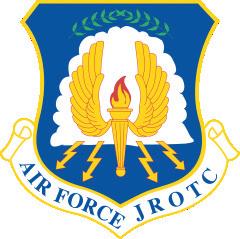
This summer, Iowa Lakes Aviation is helping Air Force JROTC students earn their FAA Private Pilot licenses. The training will include ground, simulator and flight training over eight weeks.
The U.S. Army Junior Reserve Officers’ Training Corps (JROTC) is one of the largest character development and citizenship programs for youth in the world. The National Defense Act of 1916 established organized JROTC programs at public and private educational institutions. In 1964, Congress expanded the program to all military services and changed from active duty to shared support from the services and schools. As congressionally mandated by Title 10 United States Code, Section 2031, each military service must have a JROTC program to “instill in students in United States secondary educational institutions the values of citizenship, service to the United States, and personal responsibility and a sense of accomplishment.” JROTC’s mission, “To Motivate Young People to be Better Citizens”, is the guide post for the program’s success. JROTC combines classroom instruction with service to school and community, extracurricular and social activities and the chance to take on leadership roles. For those high school students who are interested in pursuing a career in the military, JROTC offers relevant experience and an opportunity to improve entry-level rank.
The Air Force identified a shortage of 2000 pilots and made a conscious decision to increase training opportunities for pilot candidates to help fill these slots. A program was developed and invitations to bid were sent out to colleges around the country. Iowa Lakes bid on the program and was one of the colleges selected for this training.
The students will be coming from across the country to learn to fly in Estherville, Iowa. Students register for the camp through their local Air Force JROTC office. The JROTC summer program is a

by Tim Busch
natural extension of the Iowa Lakes Aviation program and use current Iowa Lakes flight instructors to teach existing ground and flight courses.
Although students attending the camp are not committed to joining the Air Force, those who wish to join will have a big step ahead of other candidates. Students attending the camp will learn a variety of subjects including basic aerodynamics, controls and instruments, maneuvers, the National Airspace System, weather, and flight planning.

Tim Busch, Chief Flight Instructor and Aviation Department Coordinator at Iowa Lakes said, “This will be a great experience for the students. I hope they will decide to stay for the fall semester and continue to earn their Aviation A.A.S. degree at Iowa Lakes whether they decide on an Air Force career or another path in aviation. We have developed a first-class aviation program in Estherville, including new flight simulators, additional airplanes with GPS and moving map displays and we have a great team of flight instructors. We look forward to working with the Air Force and helping these students succeed in launching new careers in aviation.”



by Allison Wenglarz
Little did we know that August 19th would be such a fitting day for our son, Maxwell David Wenglarz, to come into this world. It is known as “Aviation Day”. He also shares his birthday with Orville Wright. Maxwell developed a love for aviation at a young age. However, up until age five he was only interested in John Deere tractors. That was until his dad took him to visit an aviation enthusiast friend in southern Indiana, Jerry Brown. Jerry put Maxwell in a 1942 WACO UPF-7 and that is all it took, he was hooked. So eventually we packed up the John Deere tractors. At age six he got to go up for the first time with friend Doug Parsons in his 1934 WACO YKC. He admitted he was a little scared, but after they landed, he could not stop smiling and talking about it. When he was in first grade, he got a ride in the B-17, “Aluminum Overcast” for his seventh birthday. He even got to help pull the blades through to prevent hydro lock. He began studying airplanes to see which one he wanted to build. Maxwell decided on a Pietenpol Sky Scout, so the plans were obtained, and the building process began. At age 10 (fourth grade) he, with the help of his dad, David, began the wing ribs. As the years went on, it became very evident that aviation was his passion.
While most other kids his age were playing video games, he was working on his plane. Nobody at school believed him when he shared with them, he was building his own plane. They thought he was speaking about model airplanes. Maxwell grew tired of the teasing and nay saying, so he finally asked his teacher if he could put together an aviation day for the fourth grade class. His goal was to get more kids his age interested in aviation. She agreed, and with the help of his dad and three other aviation friends, Jerry Brown, Jim Wheeler, and Rick Schreiber, they all came to the school and put on an aviation program for the
kids. They each spoke of their individual experiences in aviation, and then Maxwell took the kids outside for a show and tell. His dad brought a W670 Continental Engine as well as a Taylorcraft BC12D fuselage to show them. Unfortunately, the kids were not interested but that never stopped Maxwell. He was a determined young man who continued achieving his goals of building antique aircraft.
Maxwell excelled in school and once he entered middle school and high school, he got involved in basketball and track. Between his school work and sports, there was little time left for his Pietenpol project. He would work on it when he could, but he knew he needed to do well in school also. He was a member of the National Honor Society, broke a school record in track and took a tool and die vocational class everyday outside of his regular studies, driving an hour away.
While taking a full load of classes at school, at age 16, Maxwell began taking ground school and flight lessons in order to obtain his private pilot’s license. He soloed, December 19, 2017, after nine hours. He let nothing and no one stand in the way of this goal. After much hard work, dedication, personal sacrifices, countless hours of reading, studying, and preparing for the written exam, he was cleared to prepare for the three hour oral exam and check ride. On Thursday, October 18, 2018, 13 months after his first flight lesson, Maxwell received his private pilot’s license. He celebrated this great accomplishment with his parents, David and Allison, sister Emily, and Grandma Schumacher.
Another goal of Maxwell’s was to graduate a year early and he did just that in 2019 with honors. He continued his education at Ivy Tech having earned a full ride, receiving the Gene Haas scholarship, which
“Don’t let anyone tell you cannot do something, because with enough





he used towards his machining tool and die certificate. He made the Dean’s list and graduated Magna Cum Laude.
He has been volunteering with his dad at the Oshkosh, WI airshow, AirVenture, since 2008 doing metal shaping demonstrations and is the Co-Chairman of sheet metal shaping in the Vintage area. He was named Vintage Youth Ambassador at AirVenture. He is a member of the American WACO Club, National WACO Club, Vintage Aircraft Association, Antique Airplane Association, as well as EAA. He is an American WACO Club director. He has been working in the family metal fabrication business since age four. Helping his dad with everything from, cranking the bead rolling machine to repairing several steel tube fuselages. Maxwell is a great businessman and most people are shocked when they meet him in person, only then finding out he is 19.
He has done lots of research on aircraft and therefore is quite knowledgeable. He was walking around the airshow in Oshkosh and met a couple of gentlemen, Nick Pfannenstiel and Glenn Gordon, who had a Ryan STL kit plane on display. As they were talking, they mentioned they were looking for someone with the ability to make sheet metal parts with compound curves. Maxwell chuckled and said “well we can do that” referring to him and his dad. He invited them down to the sheet metal demonstration in the Vintage area. They liked what they saw and asked Maxwell and David if they could make the cowling among other parts for the kit plane. Months later, the parts were completed, and a business relationship formed with Timber Tiger Aircraft of Colorado.
Maxwell is truly an “old soul”. We always say “he is a 65 year old in a 19 year old body”. He likes everything vintage from 1940’s music, clothing, hairstyles, to cars and aircraft. He owns a 1939 WACO VKS-7, originally owned by Continental Motors Corp, as well as a 1940 WACO UPF-7, both under restoration. He is currently working towards his A&P (Airframe and Powerplant) license.
One of the greatest lessons he learned from his vocational teacher, Mr. Kaser, was “Life is all about choices”. This motto has stuck with Maxwell. Not only has the motto stuck with him, but also a comment made to him by a coach that “kids didn’t have any goals”. Max chuckled, and said “he has no idea of all my goals.” This comment only added fuel to the fire of his determination. If only that coach could see Maxwell now. We get lots of wonderful compliments about him which makes us proud parents.
Below are a couple of Maxwell’s favorite quotes and a little advice.
“We were lucky enough to grow up in a home environment where there was always much encouragement to children to pursue intellectual interests.”
Orville Wright, 1939
“Do the impossible, because almost everyone has told me my ideas are merely fantasies.”
Howard Hughes
drive and determination, you can achieve anything you set your mind to.”
Maxwell Wenglarz age 19, San Pierre, IN waco20900@gmail.com





By Dick Knapinski, EAA
Engle, part of X-15, Apollo, and Space Shuttle programs, to participate in opening
The personal archives and memorabilia of astronaut Joe Engle, the only person to participate in the X-15, Apollo, and Space Shuttle programs, will go on display at the EAA Aviation Museum on June 4, after Joe and Jeanie Engle donated the collection to the EAA Aviation Foundation in 2020.
The Engles will participate in a brief dedication and ribbon cutting for the display, located adjacent to The Borman Collection on the museum’s main level that honors Gemini and Apollo astronaut Frank Borman. It further exemplifies the connection between aviation and the pioneers of spaceflight, who came from the nation’s corps of top test pilots and aviators.
“The personal archives donated to EAA by Joe and Jeanie Engle are especially important because of the breadth of experiences they had in the programs that stretched the boundaries of flight,” said Ron Connolly, Director of the EAA Aviation Museum. “Joe’s X-15 experience in the 1960s took us to the edge of space, followed by his experience training in the Apollo program and his leadership in the testing and early missions of the space shuttle that helped create the ongoing manned space efforts that continue today.”
Joe Engle is a member of the National Aviation Hall of Fame and the U.S. Astronaut Hall of Fame, having been inducted into both in 2001. His personal archives coming to EAA include memorabilia from his careers in NASA as well as the U.S. Air Force., where he participated in both the USAF Test Pilot School and the Aerospace Research Pilot School. Engle was selected as a NASA astronaut in 1966, and served as support crew and Capcom for Apollo 10 and backup lunar module pilot and capcom for Apollo 14.
Engle later commanded space shuttle approach and test flights in 1977 and served as commander of the second space shuttle flight, STS-2, in 1981 and the STS-51I shuttle flight of the shuttle Discovery in 1985.
Jeanie Engle has an impressive NASA career as well, having served as the Johnson Space Center’s Chief Knowledge Officer for eight of her more than 30 years there. She also served as Johnson Space Center’s Chief Information Officer and Deputy IT Security Manager during her career.



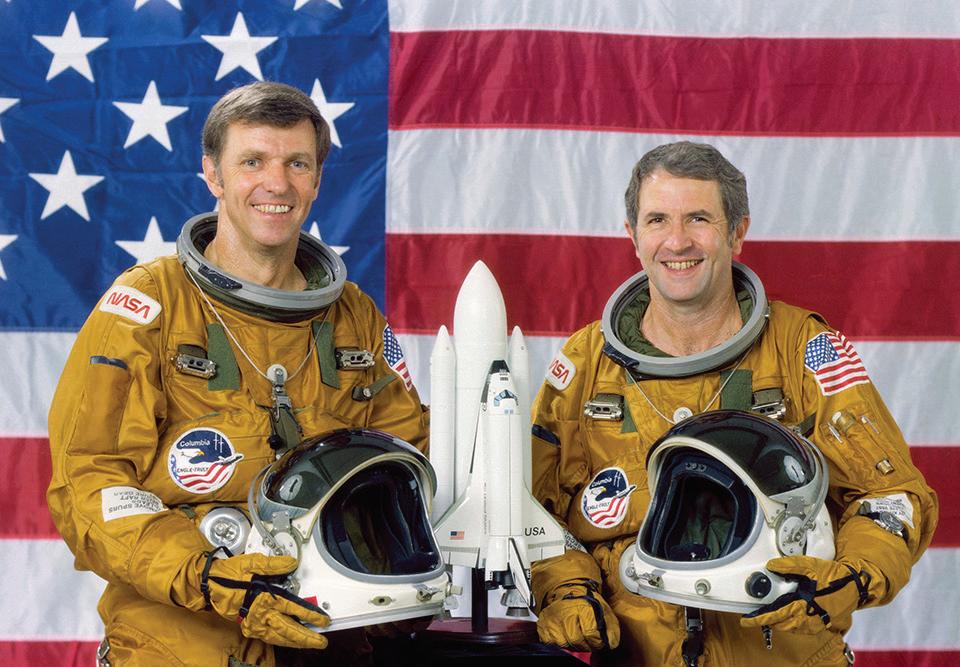
The EAA Aviation Museum is located just off Interstate 41 at the Highway 44 exit in Oshkosh. The museum is open daily from 10 a.m. to 5 p.m. EAA members receive free museum admission year-round. For more information, call the EAA Aviation Museum at (920) 426-4818 or visit EAA.org/Museum.
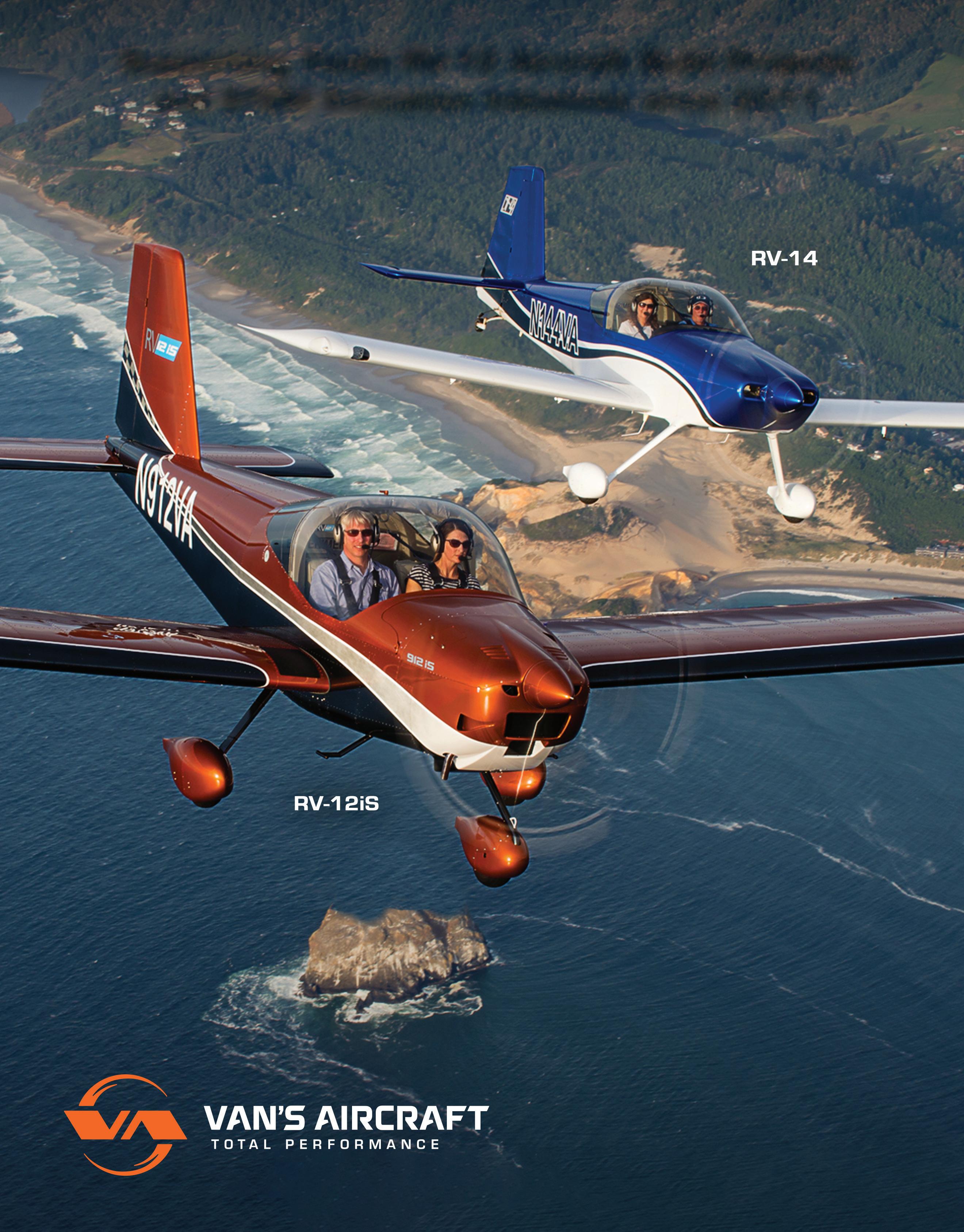

What would Ashley Udick’s life look like without aviation? Nearly impossible to distinguish, given that she has spent more than a decade establishing herself as a leader in aviation management.
The daughter of a retired aircraft mechanic for the U.S. Air Force, aviation has always been a central part of Ashley’s world. Attending a large air show with her father in Alaska significantly fueled her interest in aircraft, to the point where she considered pursuing her pilot’s license. However, a brief stint in flying lessons at Embry Riddle Aeronautical University allowed her to recognize her preference for serving the aviation industry on the ground.
After graduating with an associate degree from Polk State College in 2011, Ashley was hired by Flight Level Aviation as the Operations Manager at their
Lakeland, FL location. Her aptitude was immediately recognized and rewarded, two years later, with the task of ensuring the seamless transition of Flight Level Aviation’s new fixed base operator acquisition in Cape May, NJ. When Sheltair Aviation Services took over operations at Lakeland Linder International Airport in 2014, Ashley was hired as a line service manager, and eventually transitioned to Sheltair’s Pompano Beach location to serve as general manager.
In 2019, Ashley earned the opportunity to serve as the interim director of Winter Haven Regional Airport, where she oversaw more than $6 million in capital improvement projects and managed daily airport operations. As if that was not enough responsibility, Ashley was simultaneously pursuing a Bachelor of Science in Aerospace Sciences at Polk State College, with a concentration in Aerospace Administration. After roughly 420 days of service in Winter Haven and earning her diploma, Udick then relocated cross-country to California, where her skills were

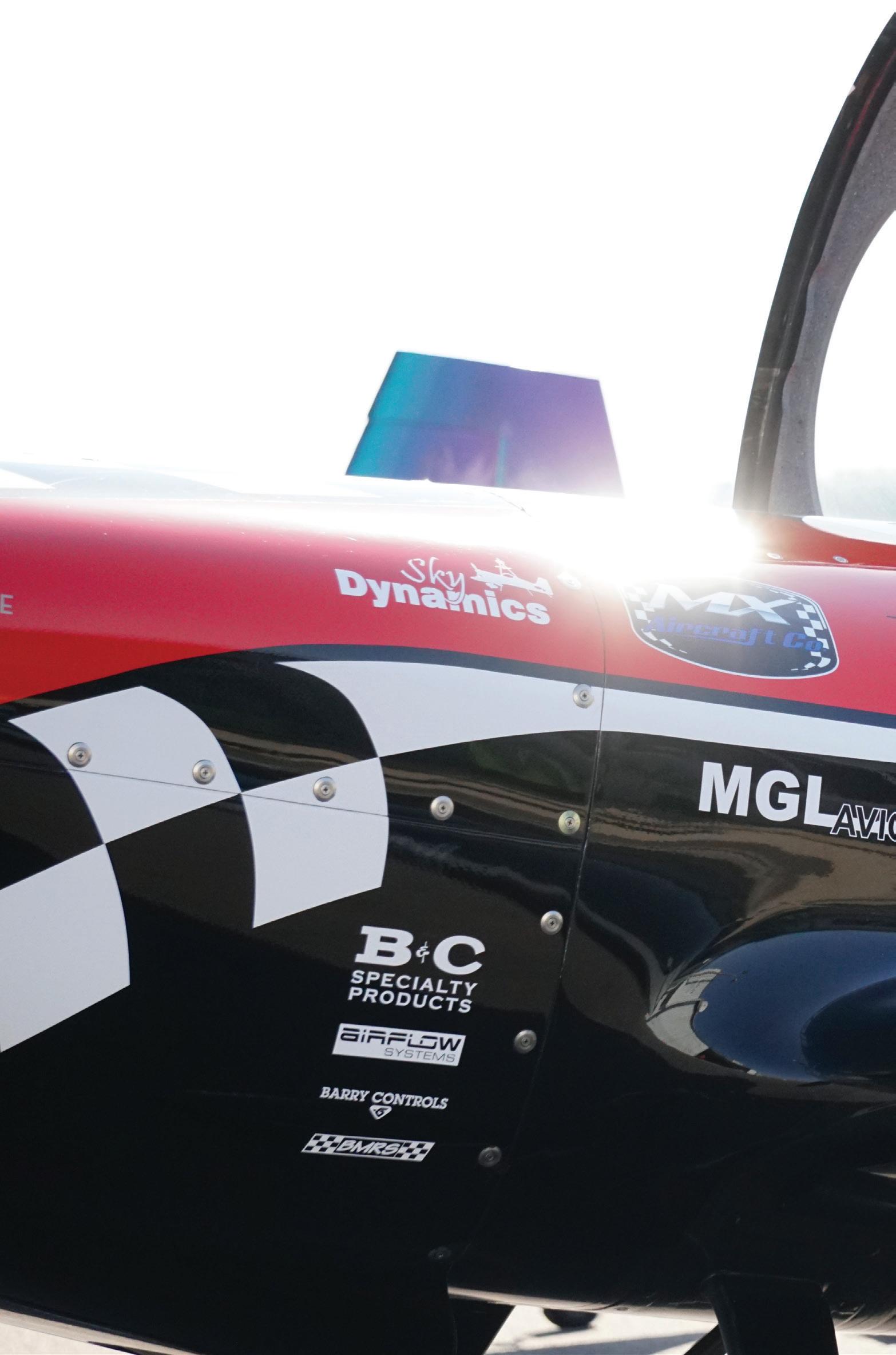
in demand at Sonoma Jet Center FBO at Charles M. Schulz Sonoma County Airport.
Udick’s prowess and accomplishments have most recently afforded her the opportunity to serve as the General Manager of Aero Center Lakeland, the brand new fixed based operator at Lakeland Linder International Airport. Phase I of the Aero Center Lakeland build, which Ashley is overseeing, includes a new 3-acre air transport capable ramp, a 50K gallon fuel farm, and a modular/temporary FBO. In late 2021, Phase II will add an 11K square feet FBO and office space as well as two hangars of 15K and 10K square feet.

Ashley’s growth and experiences are a testament to the opportunities that abound from pursuing one’s passion and advancing one’s education. She has earned recognition from Aviation International News and is consistently recognized throughout the aviation industry for her commitment to providing superior customer service. Commitment, perseverance and a willingness to learn are essential elements for ensuring success. These attributes will help you spread your own wings and fly!


“I was not really knowing what to expect when I said I was going to go fly a plane. I didn’t realize I was actually going to be flying the plane as much as I was,” NTT INDYCAR Series driver Kyle Kaiser said once he landed LIFT Academy’s state-of-the-art Diamond DA40NG single-engine aircraft.
“I’ve never actually been behind the controls of a plane before… it was pretty eye-opening, but I think I got the bug. I think I want to learn how to do this.”
LIFT Academy, located in Indianapolis, the home of the Indianapolis Motor Speedway (IMS) where the Greatest Spectacle in Racing, the Indianapolis 500, takes place each Memorial Day Weekend, invited three NTT INDYCAR Series drivers, Kaiser, Spencer Pigot and Dalton Kellett from AJ Foyt Racing, to its hangar to give them the chance to see how their skills in racing transfer to the cockpit.

The drivers had expressed interest in flying before, and they predicted some of the focus and precision required on the racetrack would translate. What they weren’t expecting was how natural the flight controls felt as the flight instructors guided them through the flows and maneuvers. Each driver was paired with a LIFT CFI to complete a pre-flight walk around, be introduced to the technology within the Diamond aircraft and be instructed in a flight around Indianapolis and over the IMS. The instructors realized quickly how comfortable and prepared the drivers were at the yoke and gave them some stick time while instructing them on how to maneuver the plane.
“I was amazed by what you all have to pay attention to and do. It’s the same for us in the racecar,” Pigot emphasized. “We could be driving in the Indy 500 at 230 miles per hour or in a street race in St. Petersburg, having a full-on conversation on the radio, changing engine maps, looking at different things on the steering wheel and still driving.”
“I THINK I GOT THE BUG. I THINK I WANT TO LEARN HOW TO DO THIS.”

The taste of adrenaline isn’t too different either. While the sense of speed may be a little different, the focus, decision-making, quick-twitch, communication and crew resource management all need to come together at once and throughout the entire flight or the race to ensure peak performance and, most importantly, safety.
“Coordinating all the inputs into the airplane felt really similar to an INDYCAR; it was cool to see that tie in— those similarities,” Kellett agreed.
Kellett went on to race in the Indianapolis 500 later in May, earning a 23rd place finish among the field, gaining seven spots from his starting position.
Before leaving the hangar, LIFT had an important question to ask each of the drivers, “Are you ready to become a pilot at LIFT?”
With zero hesitation, each driver shot their hand to the sky… looks like the racecar drivers may have found a new hobby!
For more information about LIFT Academy, please visit:


By Jerry Lopez College Student and Avionics Technician at Virgin Galactic
Born at Antelope Valley Hospital in Lancaster, California in 2000, I have two older brothers and a younger sister. On the surface, the AV (Antelope Valley) may not look like an exciting place to grow up. We are a distant suburb of Los Angeles, but the AV is in the high desert terrain and with its rich history with aviation and aerospace development, is now referred to as Aerospace Valley. Summers are long and hot, and winters are cold but short. Because of the unusually dry conditions and a significant ancient dry lakebed (perfect for emergency landings), this place was chosen in the 1930’s as the main Army flight test and training range. In 1947, the Air Force was established as a separate entity from the Army and our desert became the home of the Air Force Flight Test Center. The most significant flight test, development, and aerospace achievements happened here, but I didn’t know this at the time.
I’ll admit that while my mom was driving along Ave P to the center of town, I didn’t realize how special our valley is. At the edge of the Air Force Flight Test Center’s Plant 42 in Palmdale, our route took us directly in front of the Blackbird Airpark where a display of Lockheed’s Skunk Works’ reconnaissance spy planes, the A-12, SR-71, and U-2 spy planes prominently stood at attention. I would think “cool.” I didn’t have a deep appreciation of the planes, their significance, or their place in history. They were fixtures in my hometown and on my drive to the mall.
As a child I had a natural interest in all things aviation and space exploration, but in third grade I wanted to be a professional soccer player! Later in middle school, I wanted to be an architect! But by the end of 8th grade, I started thinking a little more about my interest in
aerospace. A new charter high school was opening: The Palmdale Aero Academy. My parents Rosa and Gerardo Lopez, have always supported me through every step of my life. When they encouraged me to apply I knew it was the best decision for me. They talked to me about the opportunities in the AV, in my own hometown and we discussed a future that might be a little different than the family business in contracting and building. I could still design and create, but maybe in the aerospace engineering space… I was accepted at TPAA and the curriculum definitely had an aerospace focus. I was encouraged by my teachers and family and my natural interest grew into a real passion.
In the Spring of 2016, I learned of an opportunity to intern at the same Blackbird Airpark I had driven by my whole life. The Junior Test Pilot Summer (JTPS) program was designed by the Flight Test Museum Foundation to teach elementary to middle school students about the basics of flight, flight test, stealth, and to think like an engineer. By this point I knew that the AV was a pretty special place, and I thought that helping teach kids about aerospace engineering and the planes designed and developed in their own hometown would be a fun way to spend the summer.
The JTPS program has a strong career focus, and I had the opportunity to help teach the children about all of the different aspects about flight, test, and design by taking them on tours every day at the Blackbird Airpark and adjacent Joe Davies Heritage Park. We guided the
(continued on page 22)











Junior Test Pilots in analyzing the shapes and length of wings, engine positions, payload space, and all aspects of airplane design. I learned while I helped the little guys, but the program also featured aerospace professionals from a variety of fields who came out every day to talk to the kids about their jobs and career paths in aerospace. I was able to get a sense of the variety of careers available in the industry. From that summer on, I didn’t question what my future career would be. I viewed every individual who volunteered to speak that summer as an inspiration of where I wanted to be. I loved it all.
At the end of my internship, I received a scholarship from the Flight Test Museum Foundation and I had the opportunity to work at the Blackbird Airpark in the gift shop. The volunteers all had amazing stories too, and I became further entrenched. I was already taking courses in electronics and aerospace in my program at TPAA, and the experience at BBAP helped me connect the dots between academics and practical application.
The biggest challenges I faced were in math. I was never the best at it, but I knew if I worked hard at it, I could learn it. I put a lot of time into my studies and math became easier. If it’s not easy for you, know it’s not impossible. I did it and now I love it.
After High School, I attended the Antelope Valley College and began taking my general education courses along with courses in avionics to earn a Certificate in Avionics. With my certificate, I was able to interview for positions in the aerospace industry as an Avionics Associate Technician. In January of 2019, I was hired at
Virgin Galactic full time. Even though I am very new to the industry, I have been blessed to have mentorship from two very special people, Bernardo Bustamante and Carlos Gonzalez. They have passed down their knowledge to me and motivate me to continue to learn everyday. I balance my college classes and my job, but I have a plan. I’m going to keep on my path to becoming an aerospace engineer while moving up in responsibilities at Virgin. This past Spring, I was promoted to Avionics Technician.


Once I earn my college degree in Aerospace or Electrical Engineering, my plan is to transfer from the manufacturing department to the engineering side of the business. I know that my practical experience in my job now will help me in my future.

I’ve lived my whole life in the AV, and I’m proud of the history but also the current innovation happening here. I recognize how incredible this place is for all of the amazing achievements conducted here from the breaking of the sound barrier, development of the Space Shuttle, and now our next phase of commercial space travel and exploration.




By Grant Boyd
One of the most important bridges between dreams and reality is the belief that something can be accomplished. Whether it be stepping foot on the moon, running a four-minute mile or receiving a college degree, seeing someone else reach an important milestone paves the way for others to dare to do the same in the future.
This is also the case for youth who hope to one day have a career in a military cockpit. Whether they wish to fly a fighter aircraft, a tanker, a bomber or anything else, many young aviation hopefuls look up to someone who has successfully earned their wings in the armed forces.
But for those who want to wear the flight suits of these commissioned officers down the road, there is a lot to consider. If these impressionable minds do not see someone who looks like them in this position, do they still believe they are capable of becoming a military pilot? Oftentimes, a person’s answer to that question is highly influenced by their own environment and experiences, notes Capt Varun Pande, something he is familiar with as an Airman from a diverse background.
Capt Pande is a thirty-year-old Indian American pilot in the United States Air Force. While he notes there have been times in his career where he has felt different from many of his fellow pilots in terms of race and skin color, he has identified many instances where these differences were helpful for him and his team in overcoming obstacles. By shifting his mindset related to his own diversity towards being viewed as an opportunity to contribute to success, others around him have been positively impacted. By doing so, Capt Pande has not only helped those he has worked directly alongside, but also those who are not aware of his story, but hope to dream to one day be in his shoes.
He did not grow up with the goal of becoming a pilot, but rather had his sights set on a career with the Air Force. As such, he was active in the Air Force Junior Reserve Officer Training Corps (AFJROTC) in high school, as well as AFROTC in college. While at James Madison University studying intelligence analysis, he planned to pursue a role as an Intelligence Officer. When he entered his sophomore year though, he became interested in a new possibility: becoming an
aviator. So, he took some introductory lessons at a local flight school to see if it was a rewarding fit.
That was all it took for Capt Pande to make the decision to fly for the Air Force. After graduating from college, he started his career in May 2013 with Undergraduate Pilot Training (UPT) and has since enjoyed flying two major weapon systems and four total aircraft, each with their own missions.
Reflecting on that first year of rigorous training, Capt Pande says he was lucky to be there, as others with similar goals had not made it to that point due to medical or other reasons. From there, he briefly notes what to expect during this intense year-long training in T-6s.
He states that pilot slots in each UPT graduating class are based upon performance during the program and that pilots are eventually “racked and stacked” for selection for their aircraft and first assignment. He continues by saying, “I was chosen to become a C-17 pilot, which is a very popular airframe for people wanting to fly ‘heavies’ [or] cargo and tanker aircraft.”
The mission of the C-17 Globemaster III can be best summarized as “the most flexible cargo aircraft to enter the airlift force.” As the Air Force’s description of the four-engined, 282,400-pound aircraft continues, “The C-17 is capable of rapid strategic delivery of troops and all types of cargo to main operating bases or directly to forward bases in the deployment area. The aircraft can perform tactical airlift and airdrop missions and can transport litters and ambulatory patients during aeromedical evacuations.”
The aircraft’s flexible use within the Air Mobility Command’s operations provided Capt Pande the opportunity to fly a variety of missions during his three-and-a-half-year tenure on the aircraft while stationed at Joint Base Charleston in South Carolina. He speaks highly of his time flying the transport aircraft, saying, “I was fortunate to fly the C-17. What I enjoyed most about the aircraft was the ability to travel to locations that many other military pilots typically would not fly to. I had flown the aircraft to locations from Tel Aviv, Israel, to New Delhi, India, as well as downrange (deployed overseas).”
(continued on page 26)
Stepping outside your comfort zone has a way of opening the door to new opportunities and an exciting one presented itself to the aviator in 2018. As the Air Force began integrating the KC-46 Pegasus into its aerial refueling arsenal, the call for pilots went out to every active Airman. Capt Pande was one of the many aviators, each with varied flight hours and types of aircraft flown, who quickly signified their interest in transitioning to this aircraft.
As with most things, this mission is not without challenges. Because the KC-46 is a new addition to the Air Force’s fleet, its pilots work hard to ensure it meets the Air Force’s strict operational criteria. Luckily, because of Capt Pande’s experience flying the C-17, which is a Boeing product like the KC-46, he says his transition to the new airframe has been fairly seamless. While flying different aircraft has helped him to grow as a pilot, he attributes a lot of his success to his life experience. As an Airman with a diverse background, Capt Pande has been able to approach his role with a unique perspective. One benefit of being the son of immigrants, is his inherent diversity of thought, which Capt Pande notes the Air Force has no lack of. Being able to bring a different perspective to the Air Force’s community has been beneficial to the aviator, especially while working on the KC-46 program.
Armed with his own personal experiences, Capt Pande is working to help attract a more diverse talent pool to the Air Force. He notes that there are several things that have historically hindered diversity in the cockpit.
Coming from a background where “accepted career paths are being a doctor, lawyer or engineer, and not a pilot,” he understands why people from various

circumstances do not pursue a military aviation career. He goes on to say, “It’s not that my culture doesn’t value the military or flying, it’s just that my, and others’, community has limited exposure and knowledge about these career paths.”
Because this issue is prevalent across multiple demographic segments within the country, Capt Pande hopes that more education about opportunities in the Air Force will reach these traditionally underrepresented populations. He is proud to act as a visual representation for Indian Americans and other diverse youth who are interested in an Air Force aviation career.
For more information related to diversity and inclusion within the U.S. Air Force, please visit: https://www.af.mil/Diversity/.


SEPTEMBER 9-11, 2021
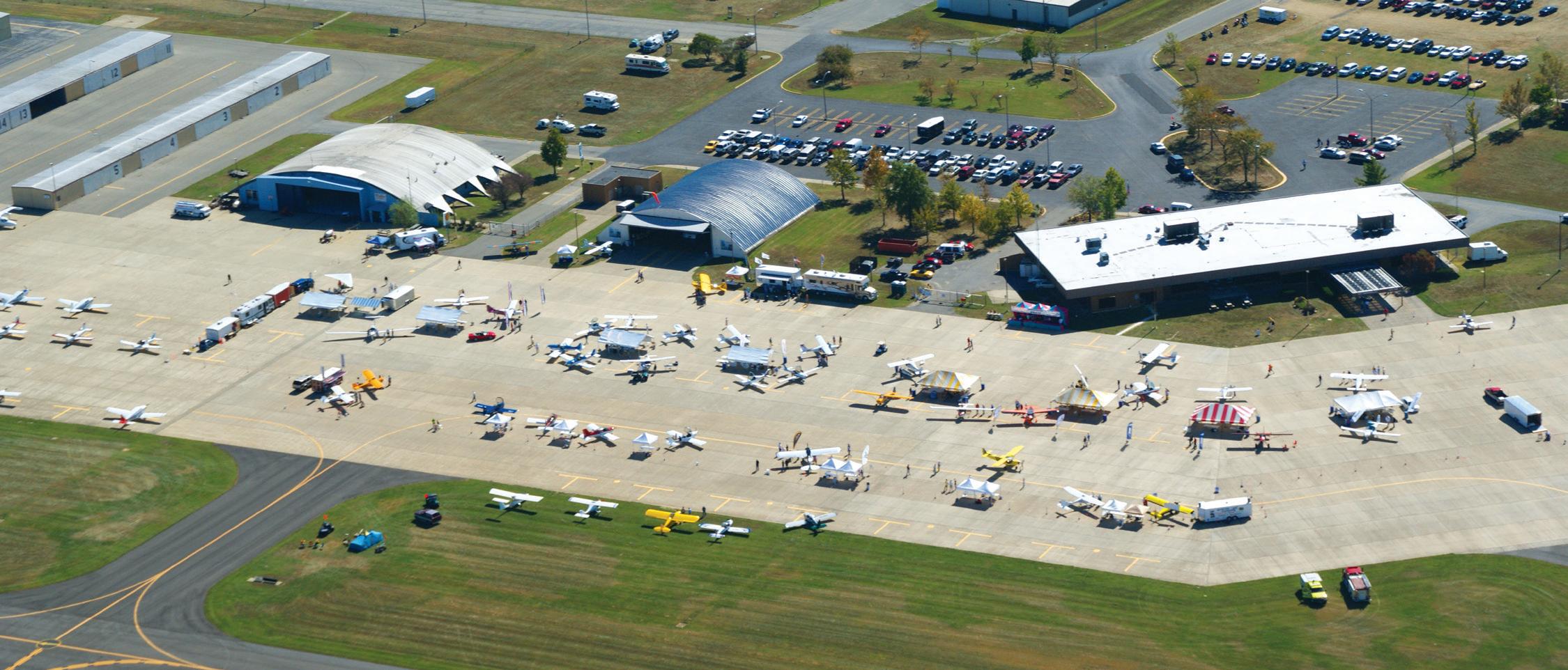
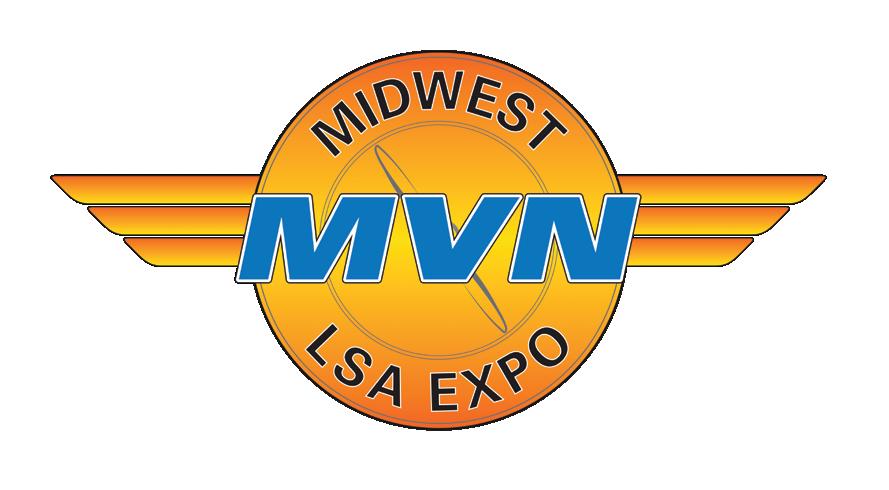
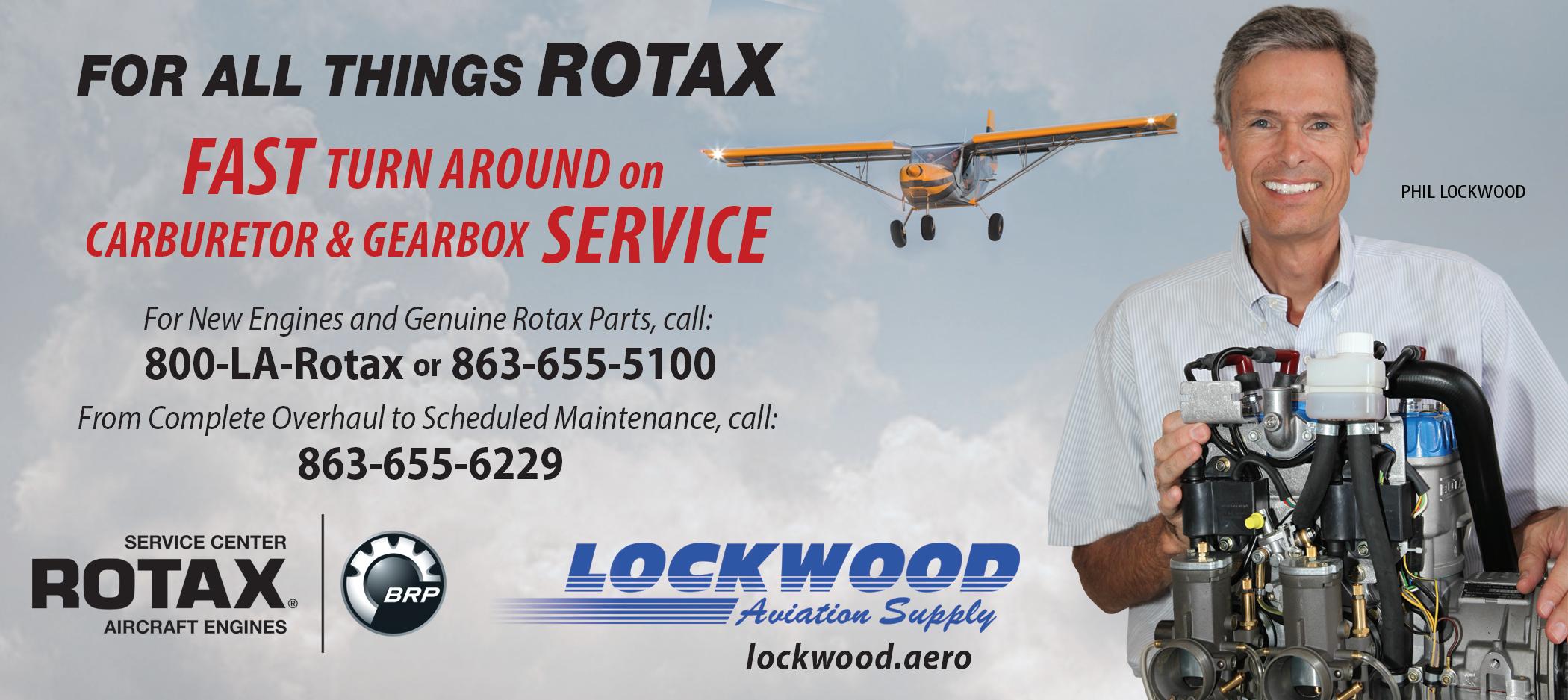

“Florida non-profit attempts to break glass ceiling by putting more females and minorities in the cockpit”
Infinity Aero Club Tampa Bay (I-ACT) is a non-profit flying club focused on bringing aviation STEM programs to At-Risk Boys & Girls. Our organization is passionate about the value of STEM programs and about putting the right kids in the cockpit of our flight simulators, drones and general aviation aircraft. Our goal is to enable future pilots, mechanics, drone and aerospace engineers.
As most within the aviation community are aware, UnitedAirlines has made a commitment to train five thousand pilots by 2030 with 50% of these pilots being women and minorities. In this vein, Infinity Aero Club is set to help prime this pump by turning the tide of 50+ years of exclusion, with our Tampa Bay, Florida non-profit.

In doing so, we have recurring aviation flight simulator and maintenance events at our simulator lab facility, conveniently located near Tampa International Airport and at our second facility, at Tampa North Aero Park (off I-75) in Wesley Chapel. Visitors also have the opportunity to tour our facilities as our guest.
(continued on page 30)
A special thanks to Gregory Sanderson and Ken Mcelheran, owners of Jetline System Corporation, (www.jetlinesystems.com) for their commitment and sponsorship of the Infinity Aero Club. The club could not have been such a success without their significant support!



By Ricardo Foster

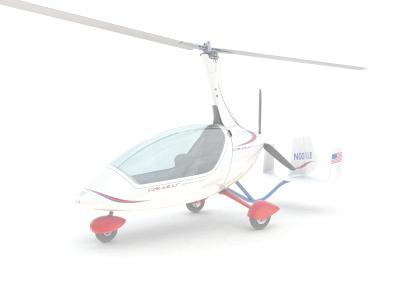


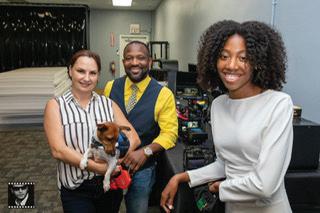


zenithair.com


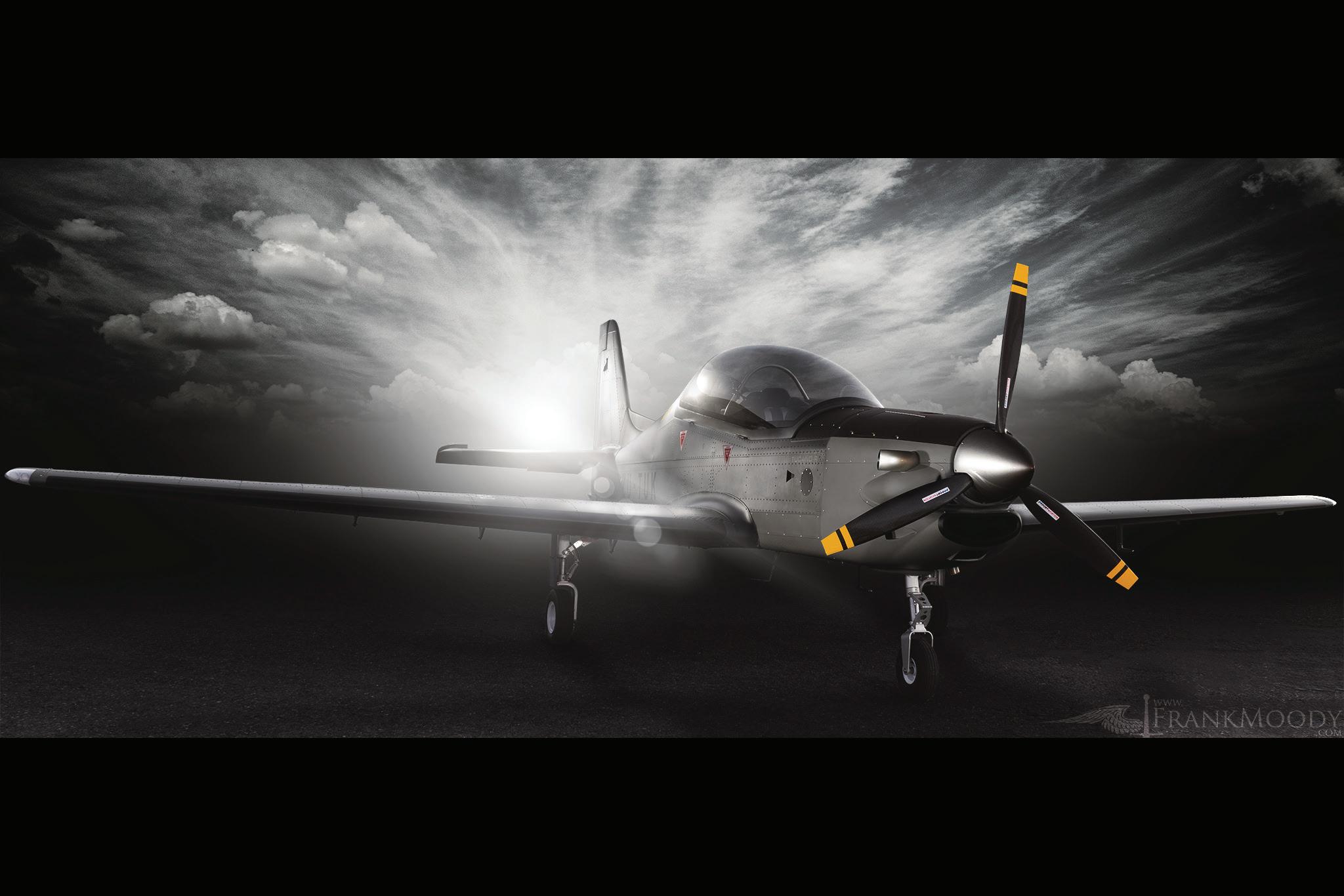


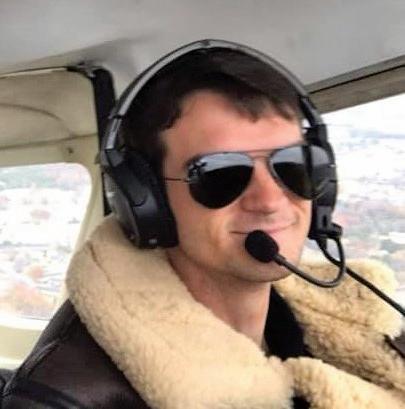
It’s difficult to describe how influential both music and flying have been in my life. My interest in both started at a young age and are as strong as ever. As I enter my senior year of college as an aerospace engineering major at the University of Tennessee, I look back on how it all started and realize just how fortunate I have been and how many wonderful people and organizations have helped me along the way.
As a fourteenth birthday present, an instructor at Murfreesboro Aviation took me up in a Cessna 152 for my first discovery flight. From that moment, I was hooked and knew I wanted to be a pilot. I was about to embark upon my freshman year in high school and did not think I would be able to achieve that goal any time soon. So I focused my attention on school, playing in the band, and singing in the choir. I also shared with anyone who would listen about my discovery flight experience and my desire to fly.
As coincidence would have it, my choir director’s father was a pilot, and knowing my interest, she shared with me information regarding the Flying Musicians Association’s FMA Solo Scholarship Program. I applied and was honored to be elected as one of the 2017 FMA Solo Scholarship recipients. In addition to the amazing support I received from FMA, Murfreesboro Aviation, where I would train, donated an additional 10 hours of instruction and flight time.
Before beginning my training at Murfreesboro Aviation, I attended the Middle Tennessee State University (MTSU) Aviation Camp. For a week I had the opportunity to fly a Diamond DA-40 and spend time in MTSU’s 360-degree air traffic control simulator. The camp was a great introduction to flight basics.
On July 10, 2017, I received my first lesson at Murfreesboro Aviation. My instructor, Tanner Quigley, was not much older than me, but he had years of experience under his belt and was a great instructor and mentor. Over the following months, I immersed myself in flying and learning more about a wide range of planes. I toured the Beechcraft Heritage Museum in Tullahoma, TN; logged time in a 1928 Ford Tri-Motor 5 AT-B; flew with FMA Ambassador Gary Piper in his 1940 Piper J-3 Cub; and rode in a B-17 Flying Fortress Aluminum Overcast.
As I entered my senior year in high school, I had another important decision to make - college. I opted to stay in my home state to attend the University of Tennessee. UT was a perfect fit because it gave me the opportunity to major in aerospace engineering and to perform with the Pride of the Southland Marching



By Isaac Hill

Band. I soloed on February 25, and just a few days later, I passed my audition to join the Pride.
On August 8, 2018, I passed the oral exam and checkride! The next day, I left for college and band camp. It was a whirlwind year.
In 2019, FMA President John Zapp encouraged me to attend AirVenture in Oshkosh and play in the Concert Band.
(continued on page 34)
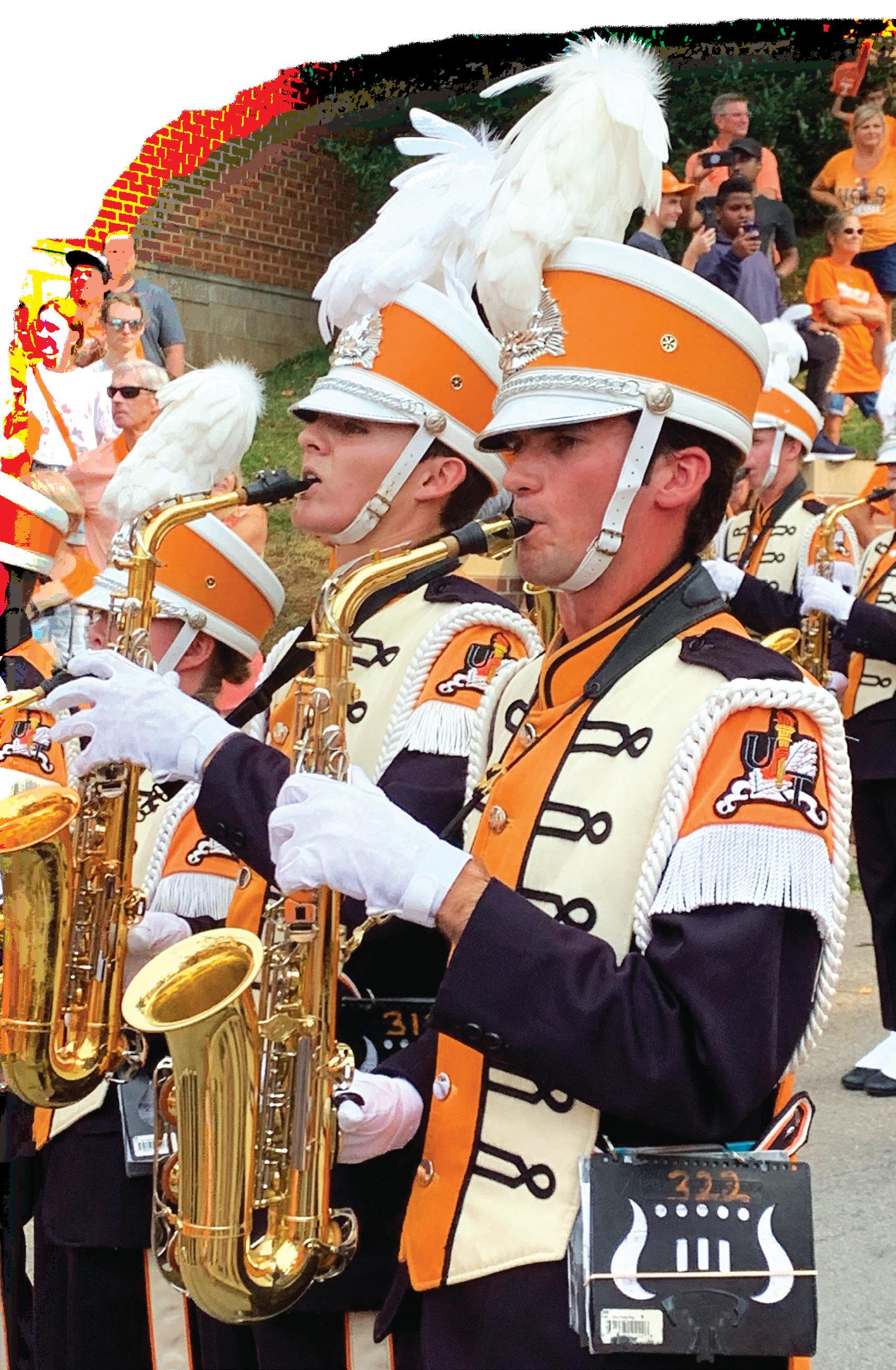
I had never attended AirVenture, but fortunately a close friend who had been many times, offered to let my Dad and I fly with him to the event. We loaded up in a Tabago TB-12 and took off. The event was amazing and I had the opportunity to meet in person, fellow 2017 FMA Solo Scholarship recipient, Aaron Smokovitz.
The pandemic grounded me for all of 2020. However, I recently dusted off my logbook, completed my BFR, and started a summer internship with Cirrus Aircraft in Knoxville, Tennessee. At the end of my second week on the job I had the opportunity to fly a Cirrus Vision Jet. At 29,000 ft and 377 mph, it was a thrilling experience. Over the course of the summer, I hope to log more time in the Vision Jet and SR series planes.
This fall, I will return to University of Tennessee to continue my studies in aerospace engineering and to march in Pride of the Southland Marching Band. While aviation and music may seem to many an unlikely pair, the practice and precision required of both make them harmonious. For this reason, I am fortunate to have been introduced to the Flying Musicians Association and to have had its support through the years. As I embark upon my career in aviation, I look forward to supporting the FMA and others, who like me, never dreamed they would one day be able to experience the thrill of flying.





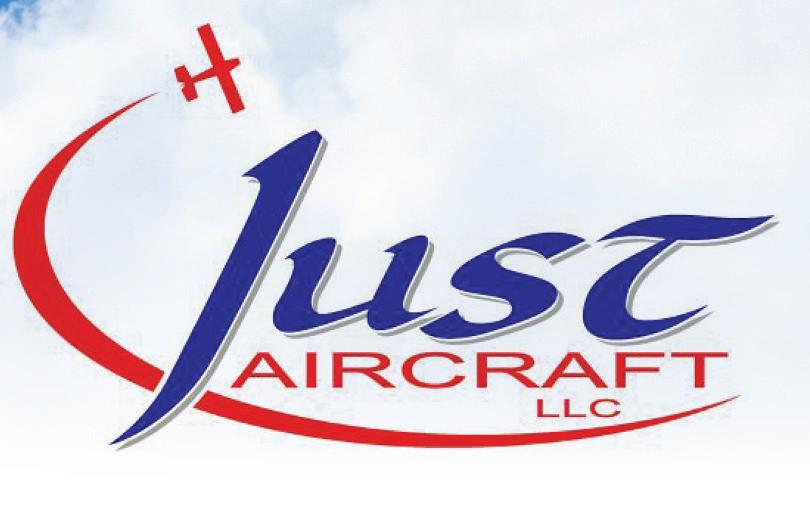
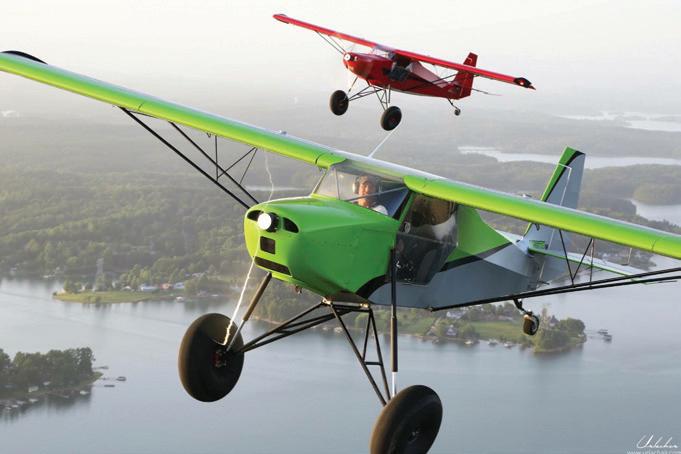
The SuperSTOL is Just Aircraft’s short takeoff and landing aircraft.
The SuperSTOL is Just Aircraft’s short takeoff and landing aircraft.
• Experimental Amateur-Built
• Experimental Amateur-Built
• Slatted Wings enhance performance numbers and slow flight control
• Slatted Wings enhance performance numbers and slow flight control
• All metal wing aerodynamically enhances slow flight capabilities while increasing cruise speed
• All metal wing aerodynamically enhances slow flight capabilities while increasing cruise speed
• Self-deploying leading edge slats and long span fowler flaps improve the aircraft’s slow flight capabilities
• Self-deploying leading edge slats and long span fowler flaps improve the aircraft’s slow flight capabilities
• New landing gear system that takes full advantage of a hydraulic strut with a long distance of travel
• New landing gear system that takes full advantage of a hydraulic strut with a long distance of travel
• Cruise at 100 mph, land at 32 mph, and take off or land with as little as 150 feet of runway
• Cruise at 100 mph, land at 32 mph, and take off or land with as little as 150 feet of runway

Just Aircraft LLC is an American aircraft kit manufacturer that specializes in the design and production of stol aircraft: Escapade, Highlander, Superstol, and Superstol XL.
Just Aircraft LLC is an American aircraft kit manufacturer that specializes in the design and production of stol aircraft: Escapade, Highlander, Superstol, and Superstol XL.
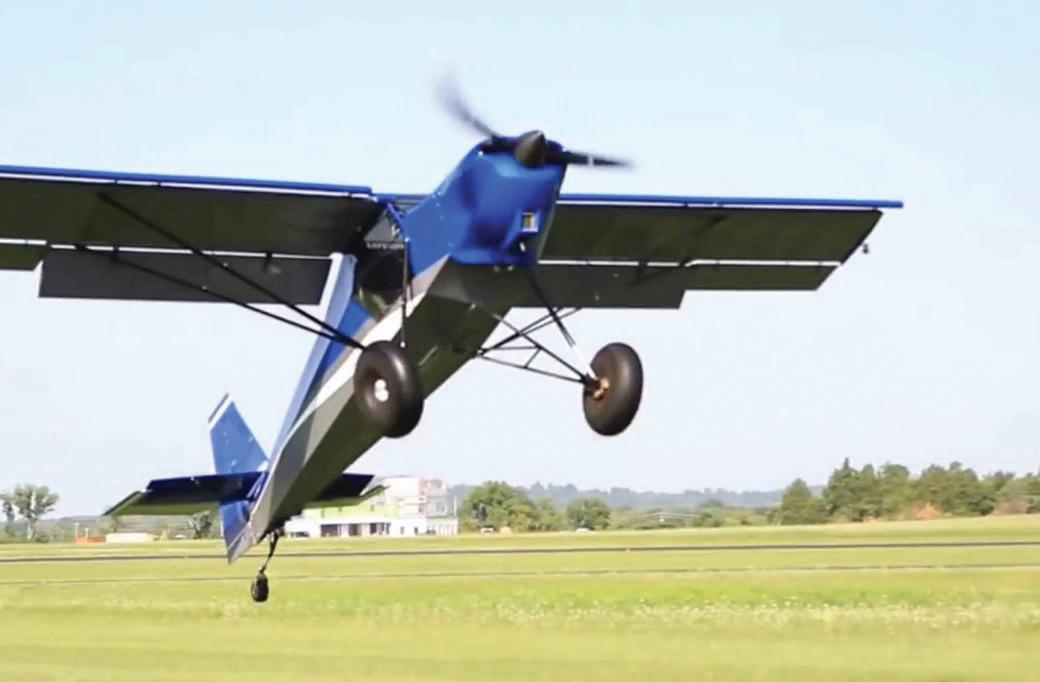
The Stretch XL is a larger version of the popular SuperSTOL, with 24 inches added to the fuselage and 6 inches on the nose to accommodate larger engines.
The Stretch XL is a larger version of the popular SuperSTOL, with 24 inches added to the fuselage and 6 inches on the nose to accommodate larger engines.
• Locking tailwheel that can be used as a training too
• Locking tailwheel that can be used as a training too
• Unparalleled performance in short takeoffs, landings and slow flight
• Unparalleled performance in short takeoffs, landings and slow flight

• Configured as a high wing, the XL can be set down in virtually any clearing
• Configured as a high wing, the XL can be set down in virtually any clearing
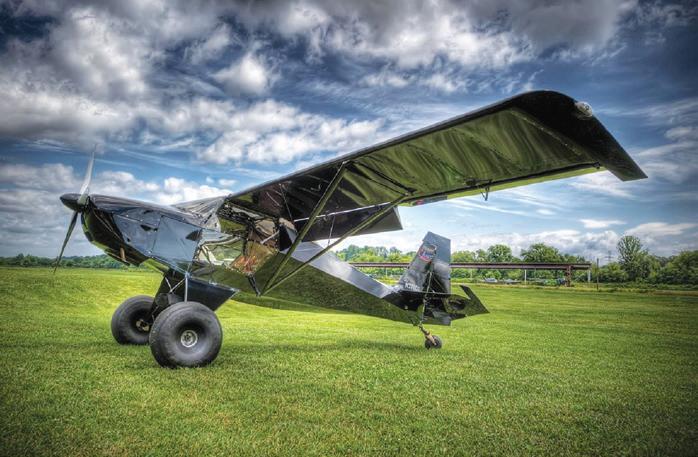
The Highlander is a versatile aircraft with great performance capabilities.
The Highlander is a versatile aircraft with great performance capabilities.
• Lots of headroom and over 30 cu. ft. of cargo area
• Lots of headroom and over 30 cu. ft. of cargo area
• Adjustable seats
• Adjustable seats
• Very affordable
• Very affordable
• Manufactured with all high quality aircraft materials
• Manufactured with all high quality aircraft materials
• Rotax or your choice of aircraft engines

• Rotax or your choice of aircraft engines
• 121 square foot of wing area
• 121 square foot of wing area
• Ground roll of 300 feet
• Ground roll of 300 feet
• 880 or greater feet per minute climb rate
• 880 or greater feet per minute climb rate



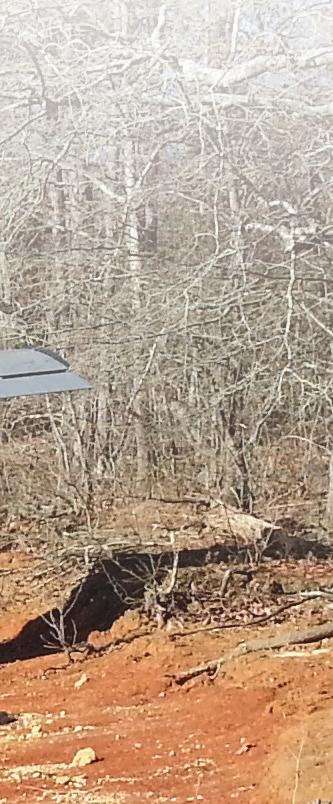
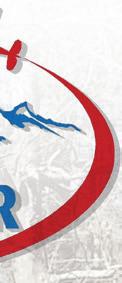

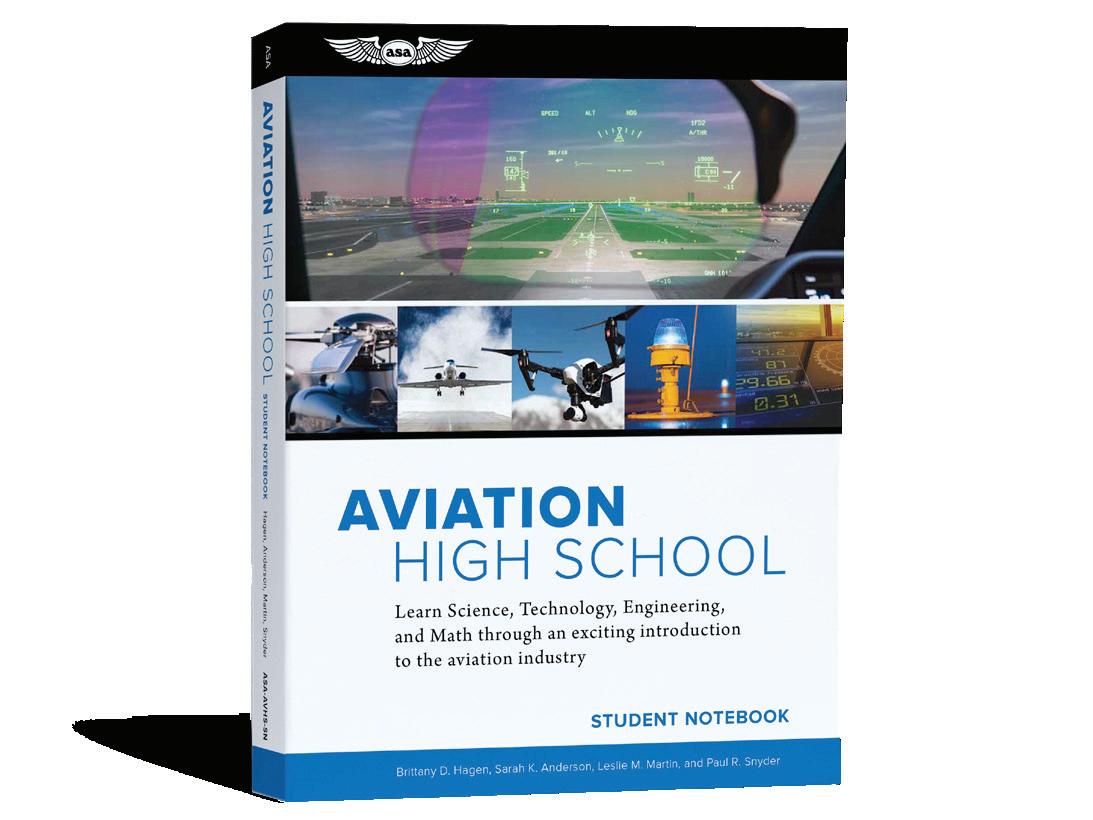
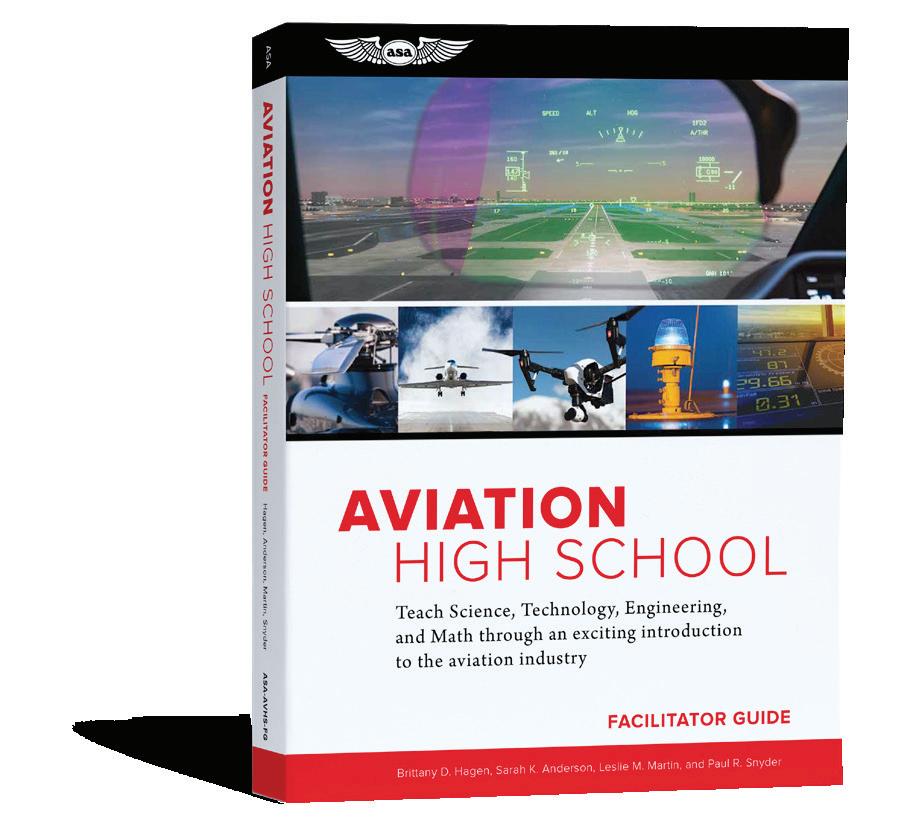


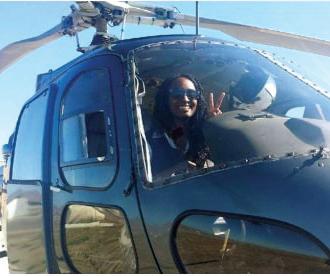



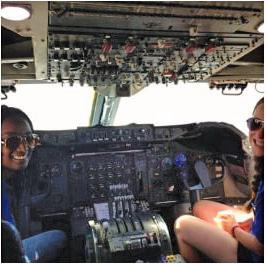

I feel like I have been pursuing my aviation career since the late 1990s when I told my kindergarten class, I was going to fly a spaceship and be a pilot like my dad. My dad is a first-generation pilot. His aviation career started in the 1970s as an Army helicopter pilot. Then, in the 1980s, he graduated from San Jose State which led to his 25-year airline career shortly after getting his bachelor’s degree.
During middle school and high school, there were many times when my peers would tell me that women are not pilots. Women are flight attendants, or they work the ticket counters, but they are not pilots, I was told. Unfortunately, unfounded statements like these can be a deterrent to girls and women who want to enter STEM fields like aviation. But to be honest, I did not let these ridiculous comments phase me because if my dad can fly a plane and a helicopter, why couldn’t I?
Growing up, my parents did all they could to keep my love of aviation alive. They took me to air shows, aviation/aerospace museums, and most importantly, they encouraged me to join Civil Air Patrol. Participating in Civil Air Patrol was the encouragement I needed to study aviation in college.
There were several aviation universities across the country I was looking at after high school; however, most of those options were expensive, private, and out-of-state. Due to its affordability, I followed in my dad’s footsteps and attended San Jose State’s Aviation program. While he and I did not share the same career path after San Jose State, we share having successful careers and a lifelong appreciation of aviation.
There are many others, like my dad, who are retiring from their aviation careers, which means that the industry needs new people to replace their aging workforce. You could spend a lifetime working in the aviation industry because there are so many career paths and options that a person can take. Furthermore, with the UAS (unmanned aircraft systems/drones) and electric aviation industry on the horizon, there are more careers and opportunities than ever for those who want to work in the aviation industry.
By Michelle Tripp
When I look back on how aviation has affected my family, I have learned that you do not have to come from an aviation family to inspire the next generation of aviators.
Michelle Tripp is a graduate student at San Jose State University. She is currently pursuing a master’s degree in Human Factors and Ergonomics and has a Bachelor of Science in Aviation from San Jose State. From her humble beginnings as a cadet in Civil Air Patrol, Michelle now works in Airside Operations at the San Francisco International Airport. In her spare time, she volunteers for a few aviation non-profits, mentors San Jose State Aviation students looking to have successful careers in the aviation industry. Additionally, she encourages other girls and women to consider aviation and aerospace as viable and successful career paths.


During the week of Sun ‘N Fun 2021, the Lakeland Aero Club’s team of high school students worked to build their new Recruit Cub from Patriot Aircraft, as well as its engine. Over the course of the build, our members gained valuable experience of just what it takes to assemble an aircraft from start to finish while working as a team. We met our goal of assembling the aircraft and its components during the airshow, and sent our kit-Cub off to Patriot Aircraft to be covered in fabric and painted.
However, this was just the beginning of the adventure. During summer break, we have had several of our members travel to Patriot Aircraft in Alabama to help finish our Cub. Part of their work included learning to use the Air-Tech fabric coating system, as well as installing our new Acme Aero shocks.
This year marks our seventh time embarking on the 1,100 mile journey to fly into EAA’s Oshkosh Airventure. Over the course of our annual flight up to Oshkosh,


we have now had 33 teenagers fly themselves up to Oshkosh in aircraft older than their grandparents. This year, we are flying our vintage aircraft up for Airventure, but are also picking up our complete Recruit Cub on the way. Flying the Recruit Cub alongside our original fleet allows for an interesting mix of old and new, and is providing our members with a more modern tailwheel flying experience. The Aero Club is also updating our social media platforms with

our progress flying to Airventure. Check for updates on our website, www.LakelandAeroClub.org.
The Aero Club is attending Airventure for the week, so feel free to say hello and check out our new Cub when you see us!
By Aron Yichye Senior Vice President, Lakeland Aero Club

By Beth Brown Aviation Goddess Extraordinaire



There are a myriad of ways in which living in a small mountain town, at an elevation of 10,200 feet, has helped me hone in on the networking skills that are essential for a career in the aviation industry. Living in Leadville, Colo., population 3,000, has many parallels to the relationships within the aviation community. Both can be said to be tight knit yet interactive, nationally and globally. People from all over the world travel to Leadville to see the home of Colorado’s highest peak, ski at site where the 10th Mountain Division trained for WWII or to participate in the highest 100-mile mountain bike and trail-running races. Most people who visit Leadville fall in love with the community and the lifestyle. The aviation world is a macrocosm that also piques the passions of those looking to soar higher.
My life in the mountains consisted of juggling a few jobs (many times in the same day) and recreating in the thirty miles of wilderness that surrounds the small city with two stop lights. I would serve people morning lattes as a barista at Provin’ Gounds coffee house and then see them again as I delivered their filet mignon that evening at Quincys Steak & Spirits. I even



saw them between shifts, running into them on the backyard trails that connected us all. Many of the same comments flowed about how quaint Leadville is and to ask if I lived here year-round or if people actually really live way up here at all. Life there was one where I could walk or bike just about everywhere and the cost of living, at the time, was very affordable. Enjoying the perks of free coffee, free-to-low-cost meals and a debt-free life, I had the financial freedom to enjoy all the luxuries and experiences any traveler could hope for.
Living in Leadville is not what you have, it’s who you know and who you are. Leadville is a community of citizens who help each other survive. Long winters require a lot of networking with friends and neighbors for snow removal, the procurement of fire wood for heat and also navigating the solitude that an 8-month, brutal-but-magical winter season brings. There’s also the tourist-season element which brings Leadvillians together, striving to keep up with the never-ending demands that out-of-town guests always seem to bring. People that love the authentic, rugged lifestyle yet, want us to deliver it to them wrapped with a bow.


My fellow service-industry workers made the Leadville community tick. We shared our knowledge and services to help each other and serve others. I spent eleven years loving life in Leadville, as a mountain hippie, running as wild as the summer flowers grow on Mosquito Pass. I didn’t realize at that time that I was gaining valuable skills that would serve me in a competitive industry that I had not yet envisioned as part of my future. In retrospect, cultivating relationships in this community of like-minded, amazing souls was my networking 101.
One of my seasonal jobs was working the ramp for SkyWest Airlines as a ground agent in Eagle/Vail, Colorado. With the love of adventure and endurance I attained while thriving in Leadville, a new confidence in myself emerged. With this strength, combined with my love for a new challenge, I faithfully dove into flight training. My first solo flight was June 2018. As 2021 arrived, I was at the goal of ATP minimums with 1,500 hours of flight time. I have all of my ratings and have received multiple awards and promotions.
Aviation mentors and naysayers alike share the similar opinion that, “networking is the key to this industry.” Networking can sound intimidating, especially when one isn’t particularly socially driven. It was a defining moment when I realized that I was better at networking in the aviation industry than I had anticipated. I credit this to the lessons that living in

Exhibitors featuring Sport Aircraft, Ultralights, Trikes, Rotorcraft, Powered Parachutes & Paragliders, Engines, Avionics, Pilot Gear & Flight Schools. STOL Exhibition Daily, Demo Flights All Day Every Day, Hands-On Workshops, Educational Forums, Keynote Speakers, Underwing Camping, Pre-Owned Aircraft Sales Lot, Food Concessions, Live Music, & More! DeLand, Florida US

Leadville taught me about community as well as being able to identify what style of networking works for me. To be able to help a neighbor by having that random item they need, in the middle of a blizzard, is an amazing feeling and shines appreciation on a good life. Sharing the moments when the puzzle pieces of life serendipitously fall into place and that you’re allowed to be a part of it.
I have moved far from the extreme rawness of Leadville to the extreme, heat-filled desert, full of traffic and anonymity that is Phoenix. Moving to Arizona has been a long and lonely trail as I continue to carve my path as an airline pilot, but in that I have found myself in a new network full of mutual support. I’m eager to continue growing in the aviation community by volunteering in aviation events, mentoring student pilots, and sharing my time and opportunities with other pilots.
Connecting and sharing with others in the aviation world can only open the doors of knowledge and opportunity regardless if the participants are in the
same aircraft, field or company. The further I advance as a pilot, the steeper the competitive grade and only those who have trained and prepared will have the traction to continue on to the sweet reward of the summit.

This is where I will celebrate with those who helped me soar and those to whom I was able to help on their journey. Far from the summit of my career, I recognize that we must share the resources of our community in order to succeed. My working commitment is to continue doing all that I can for both of my communities; Leadville and Aviation. Leadville and the aviation industry are composed of lifestyle and community, they both require shared experience, opportunities and resources from within so we can all survive the winter, COVID and the long trail to the top.
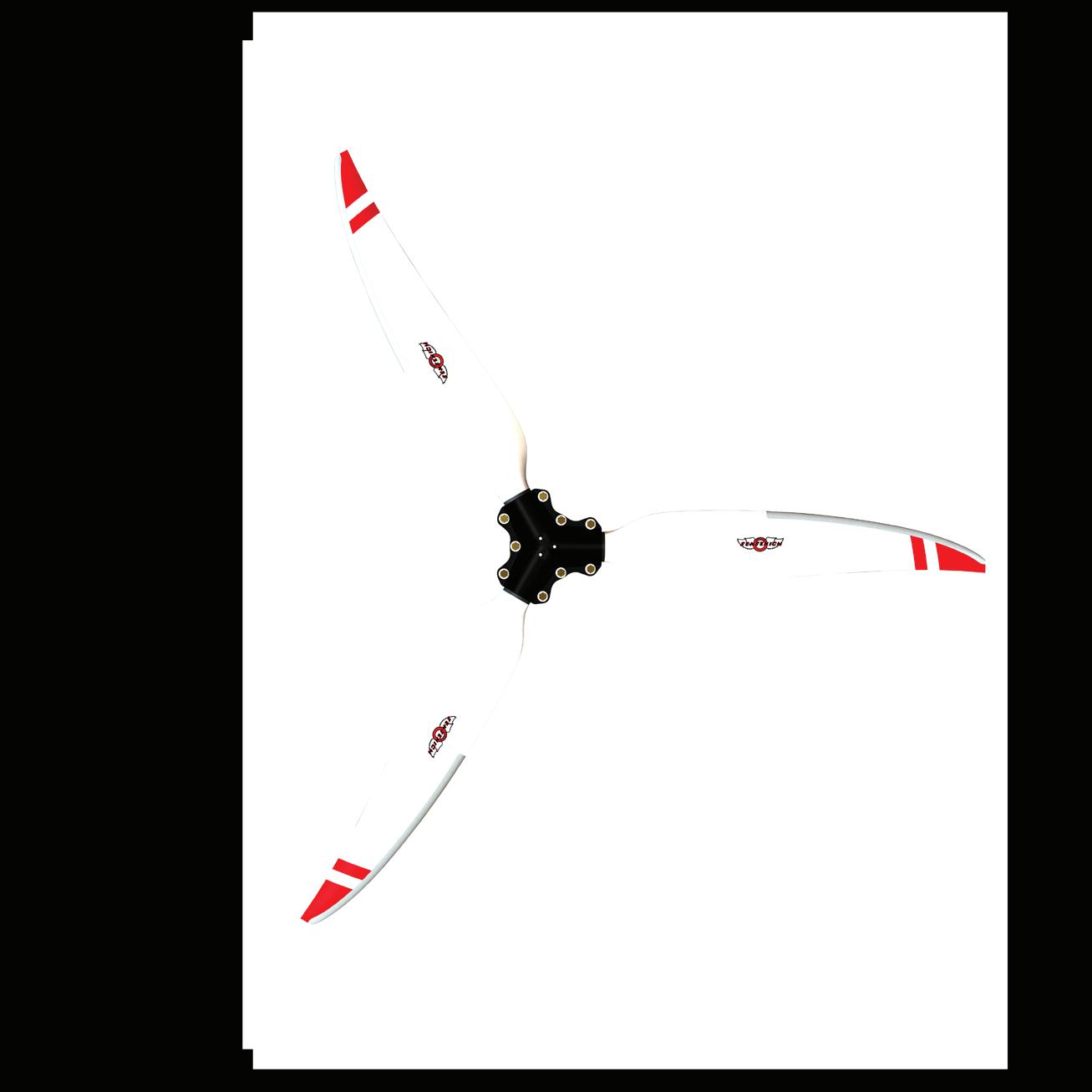







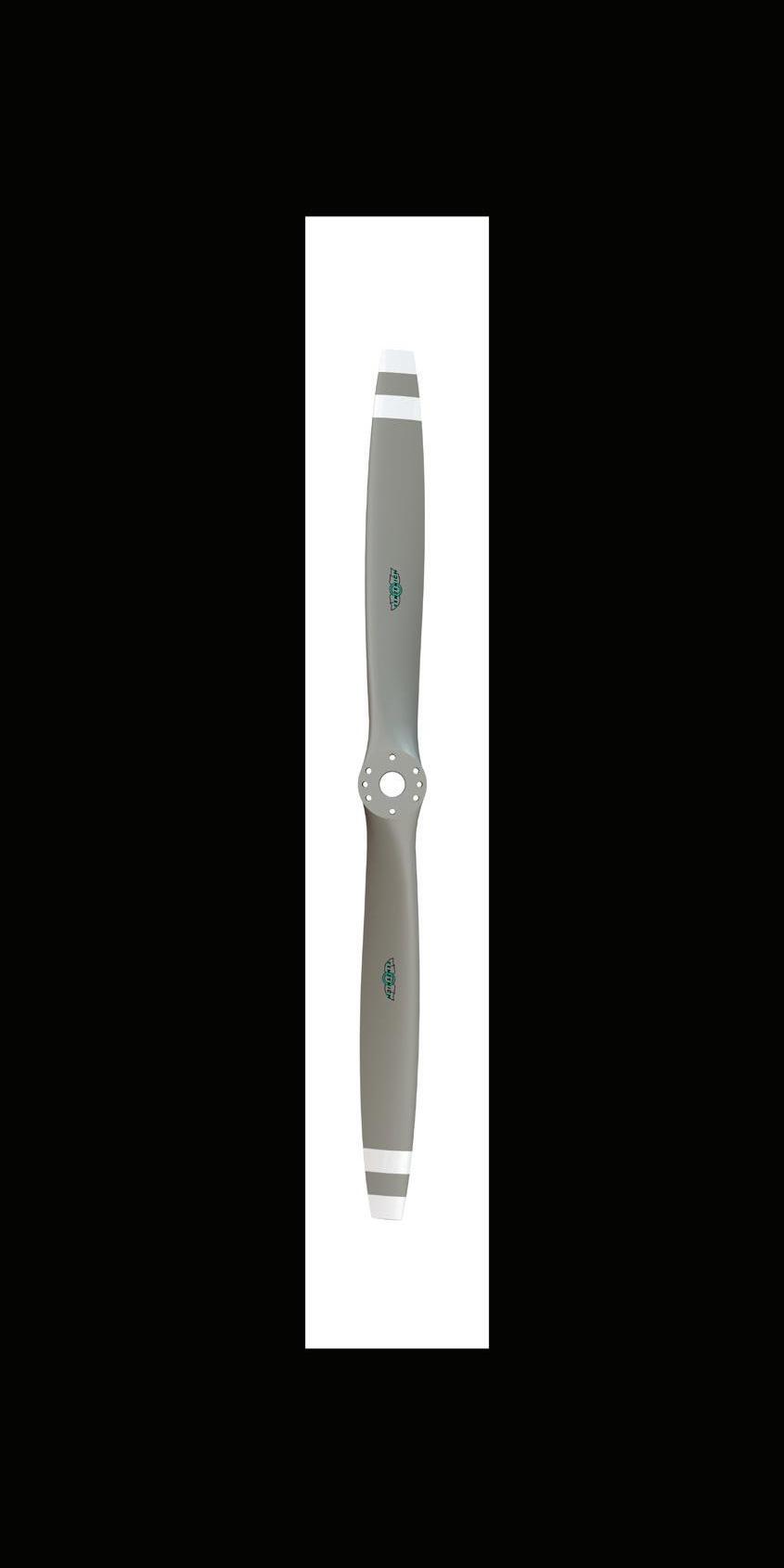

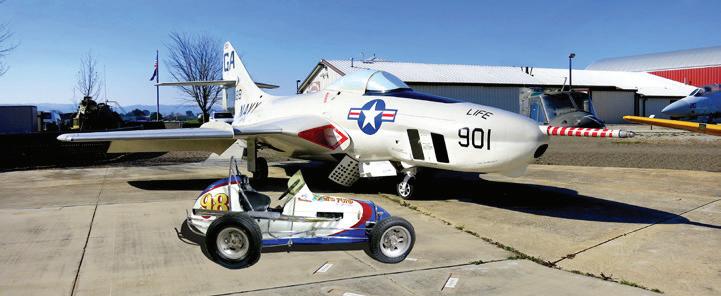



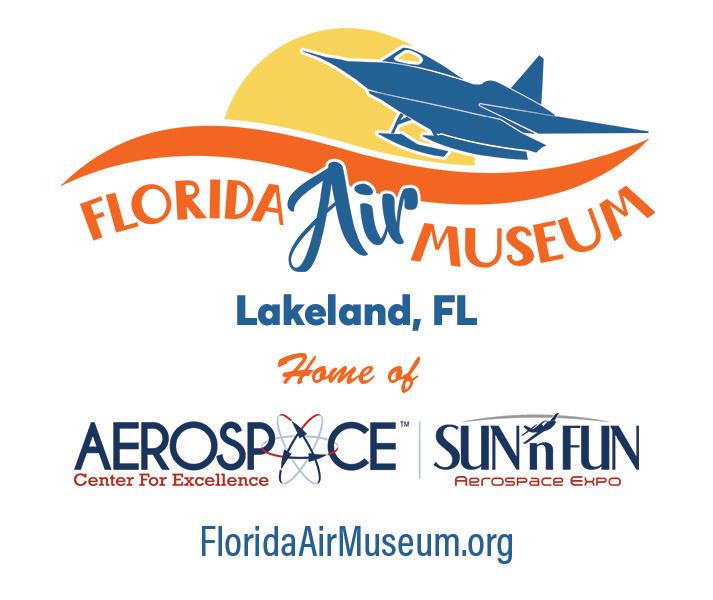

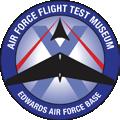



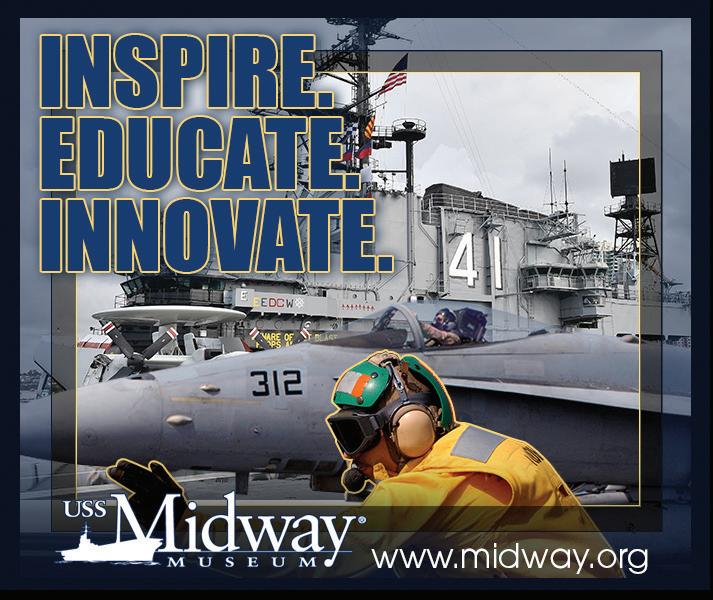
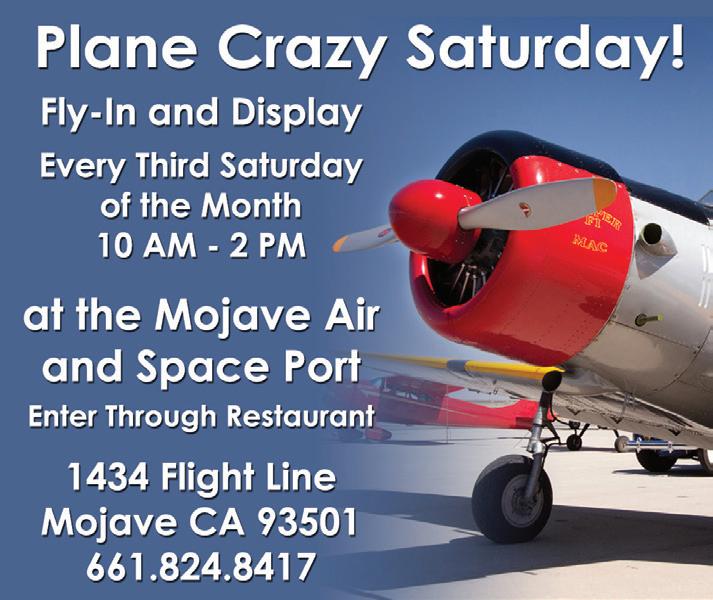
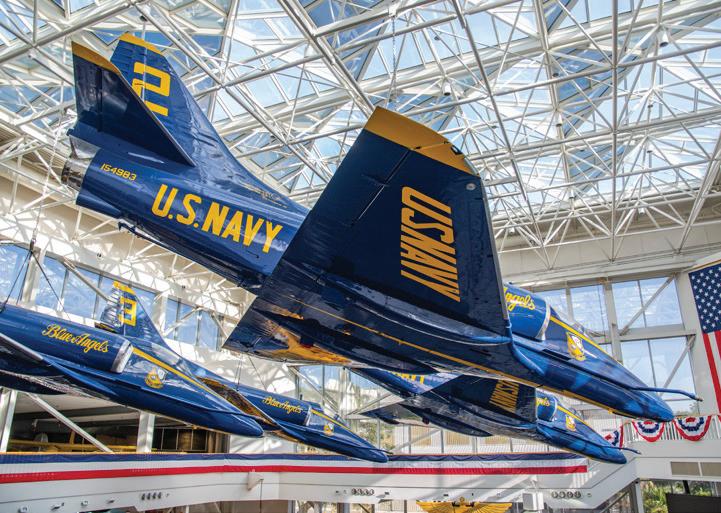

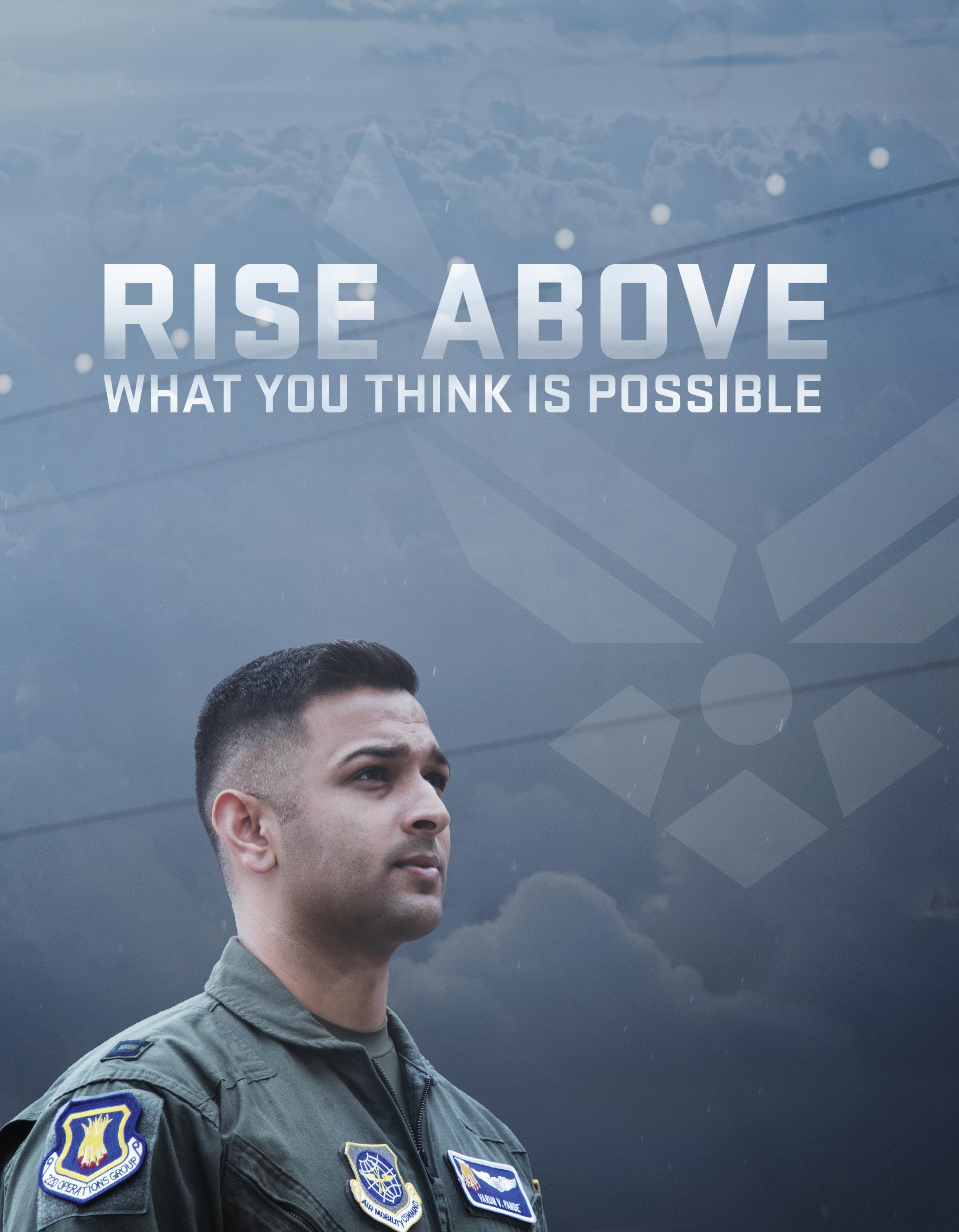
When you’re above the clouds, you realize that anything is possible. The U.S. Air Force can help you get there. If you want to pursue aviation, there are several careers you can explore including Pilot, Combat Systems Officer, Air Battle Manager or Remotely Piloted Aircraft (RPA) Pilot. Learn more at airforce.com.












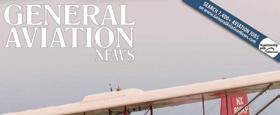









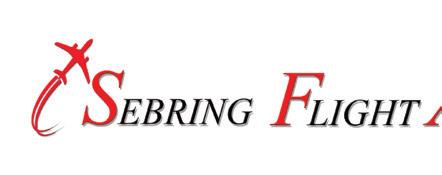





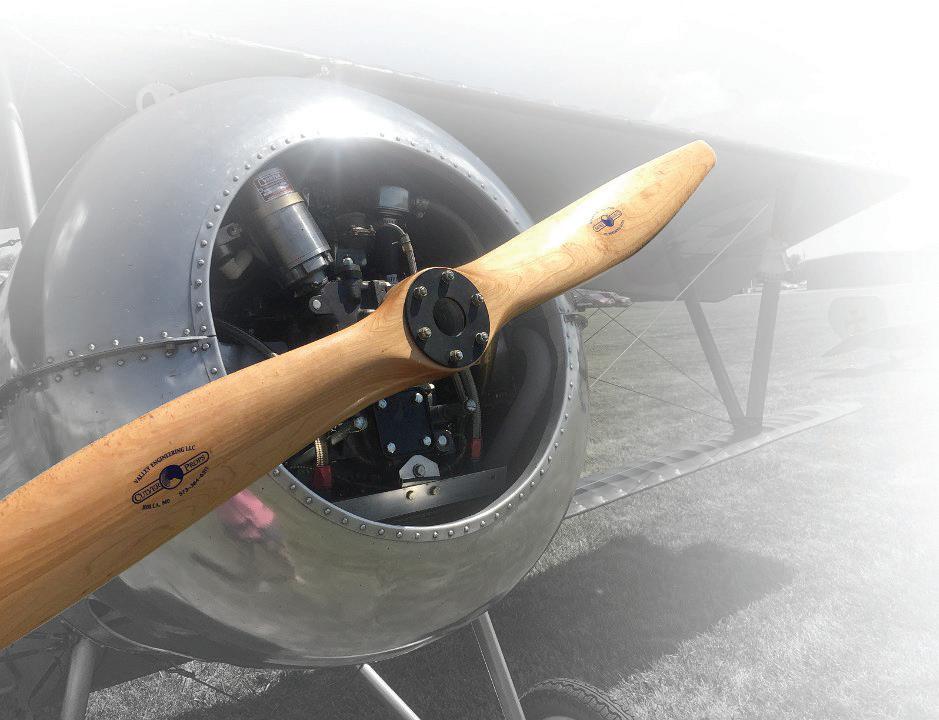
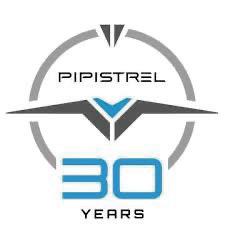

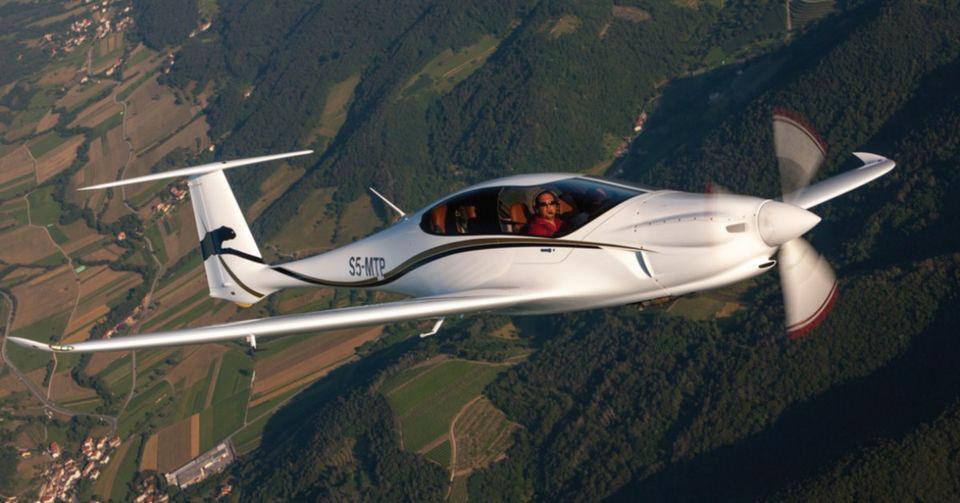

Pipistrel is the World Leader in Light Composite Aircraft Rand (Tampa, FL) Dave (Boern e , TX) as well as Electric Powered Aircraft. Ask Dave or Ran d about ( 813) 774 - 2127 ( 830) 388 - 0120 our new 4 Place 196 knot Panthera (above) now in Florida. rand @pipistrel - usa.com jsdwhite@gvtc.com Fast – and as pretty inside as it is on the outside !
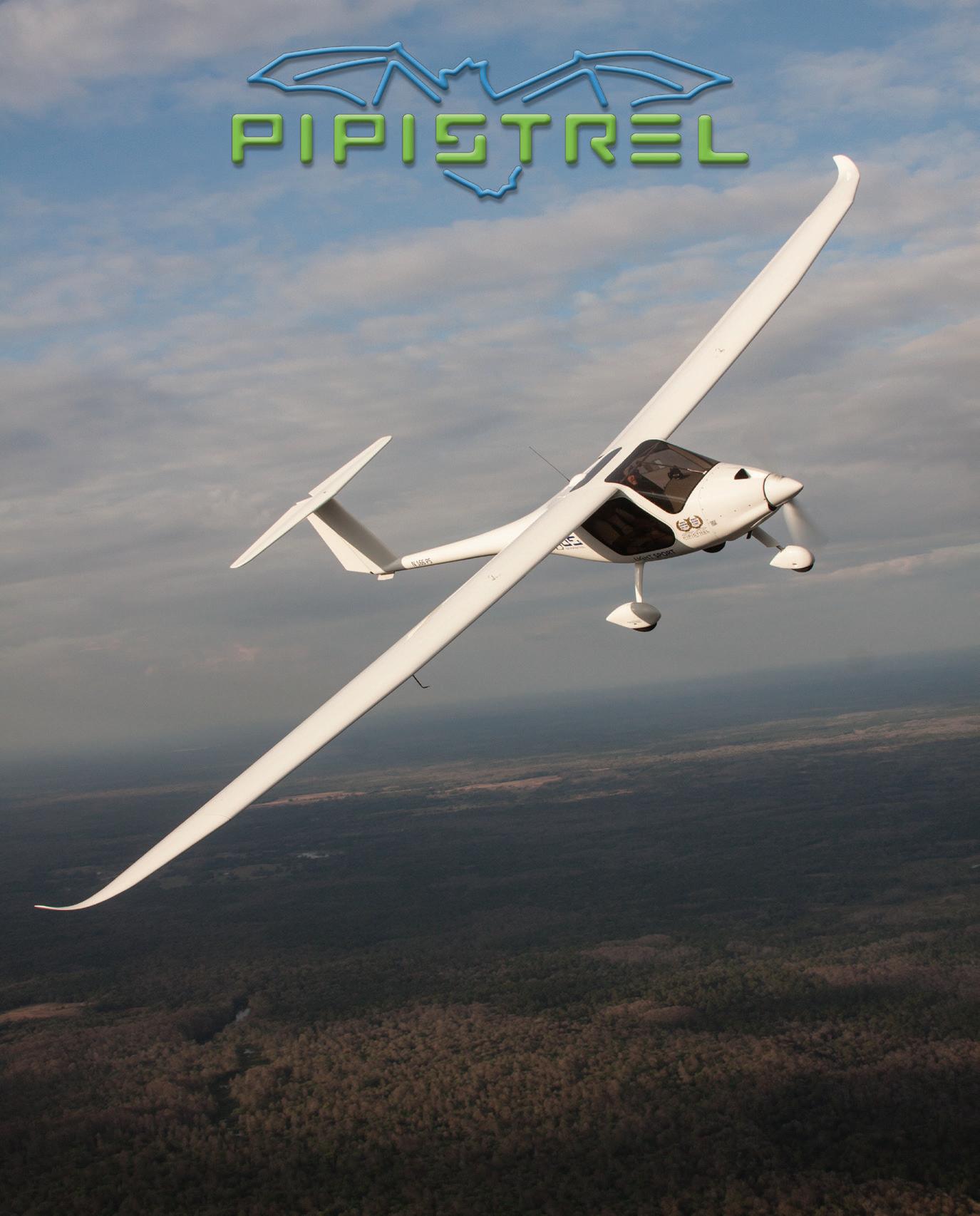
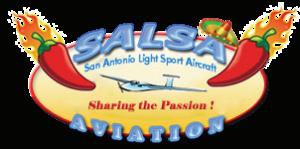
Pipistrel Aircraft Sales: New & Used
Flight Training: Private, Commercial, CFIG, solo at 14, Private Pilot at age 16, cost $4,800. No medical required… ever!


A proven performer in todays busy flight school environment
Modern, fully equipped IFR capable trainers
Low operating cost
Aircraft leasing available


